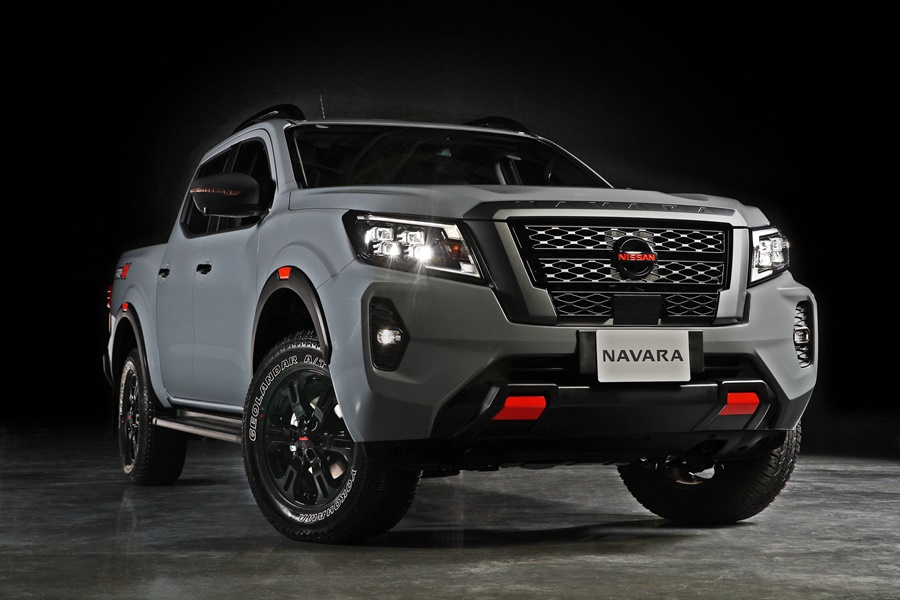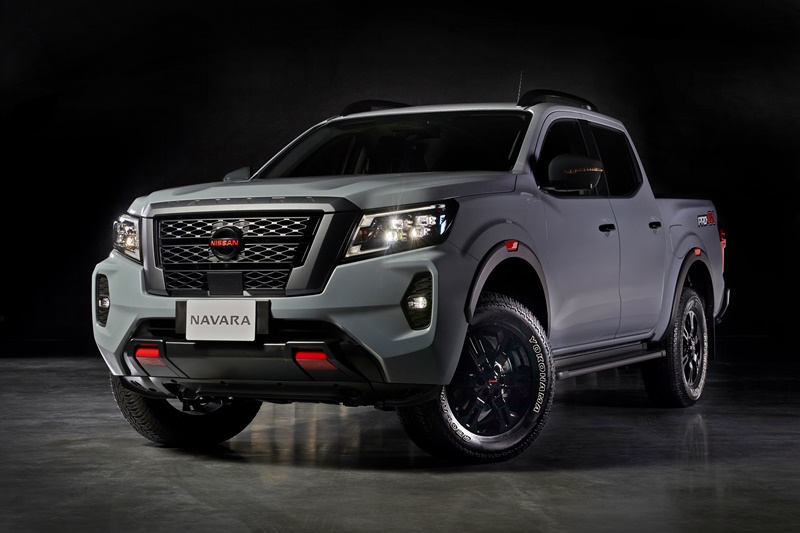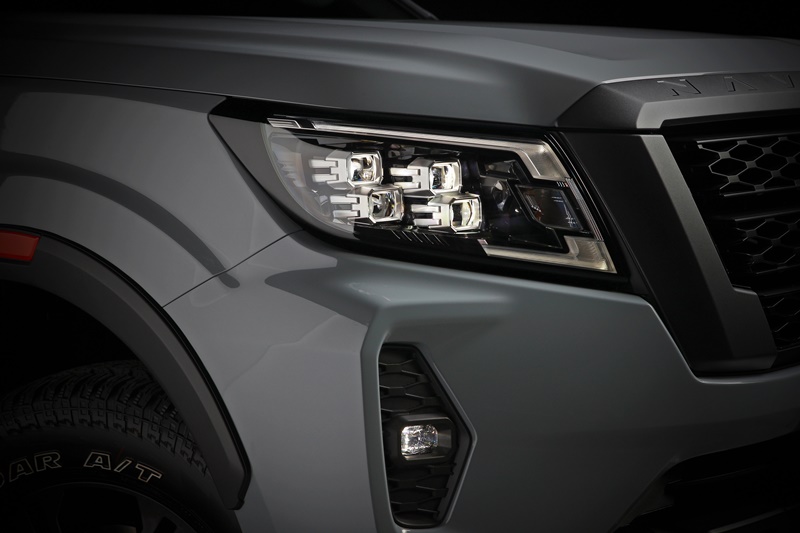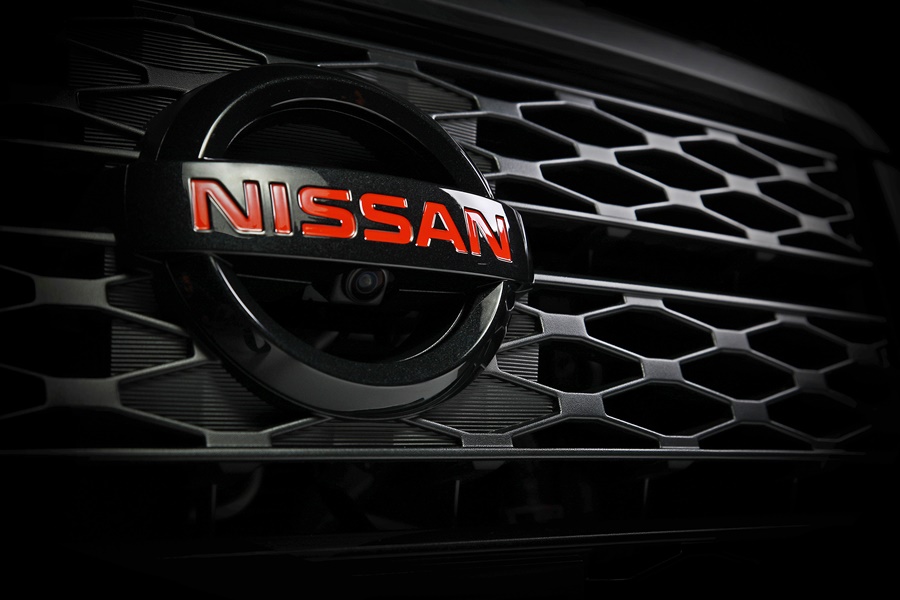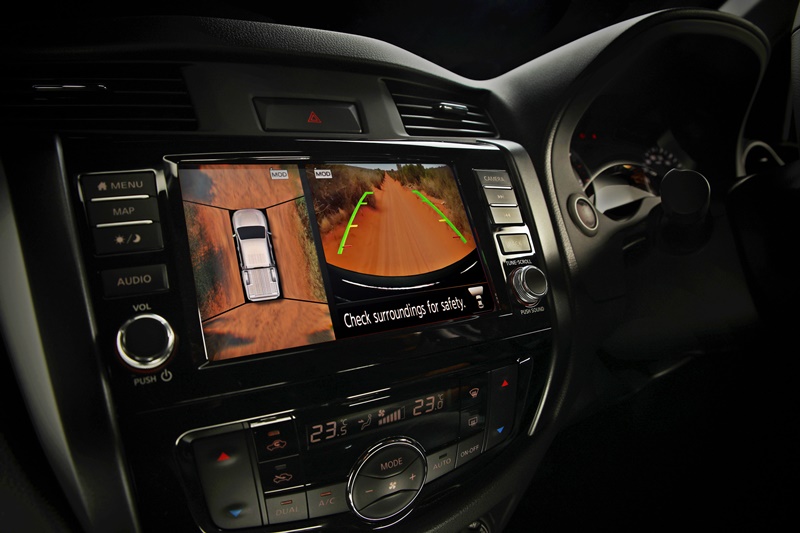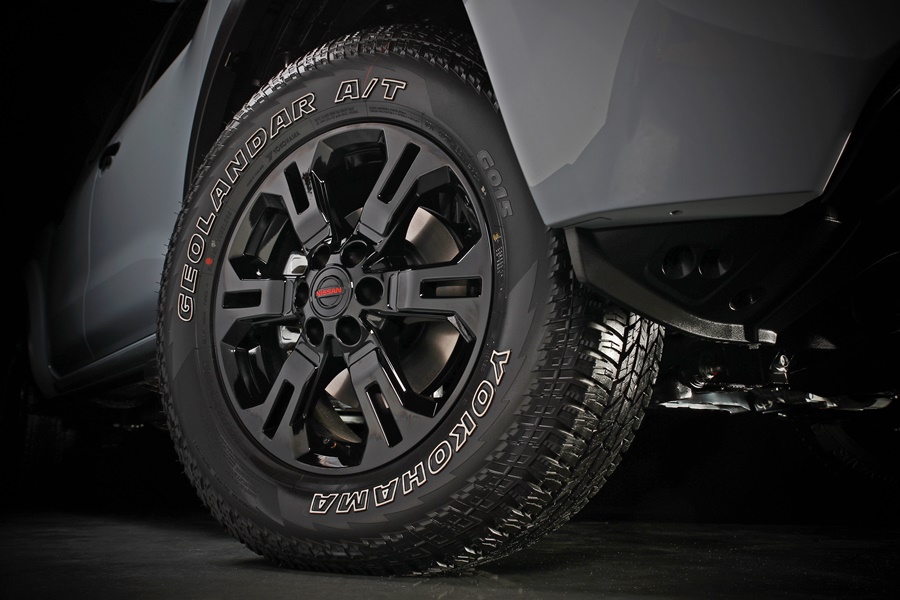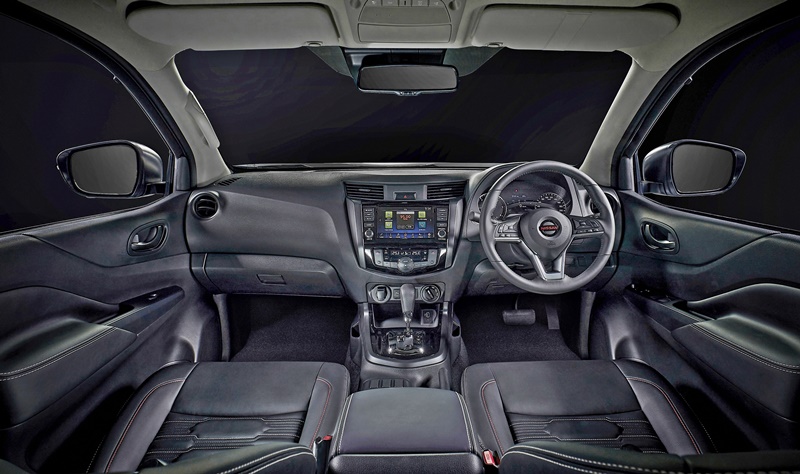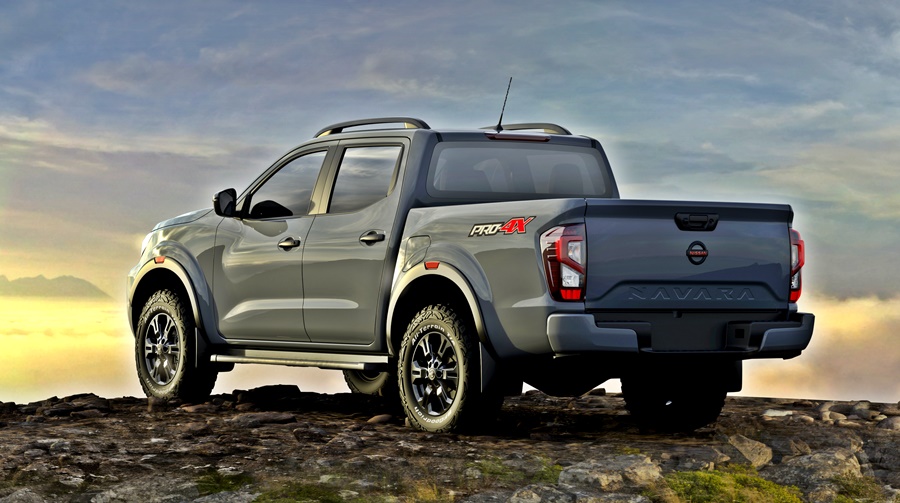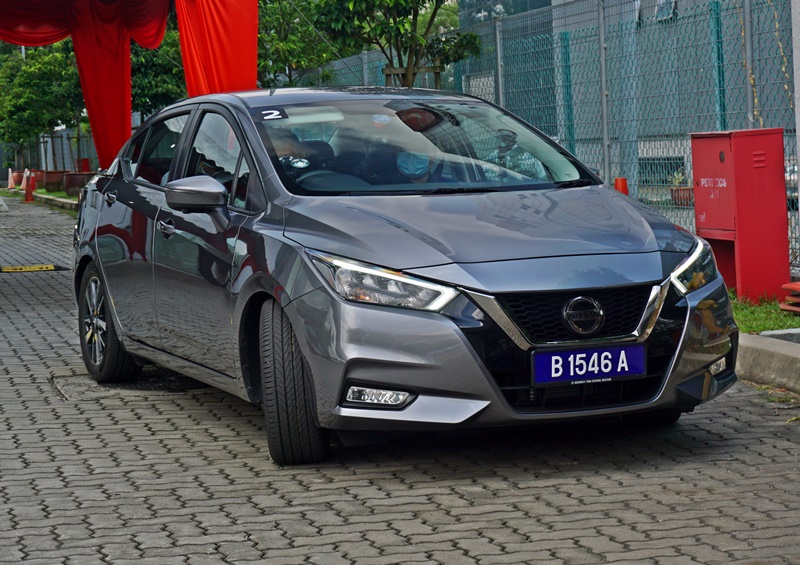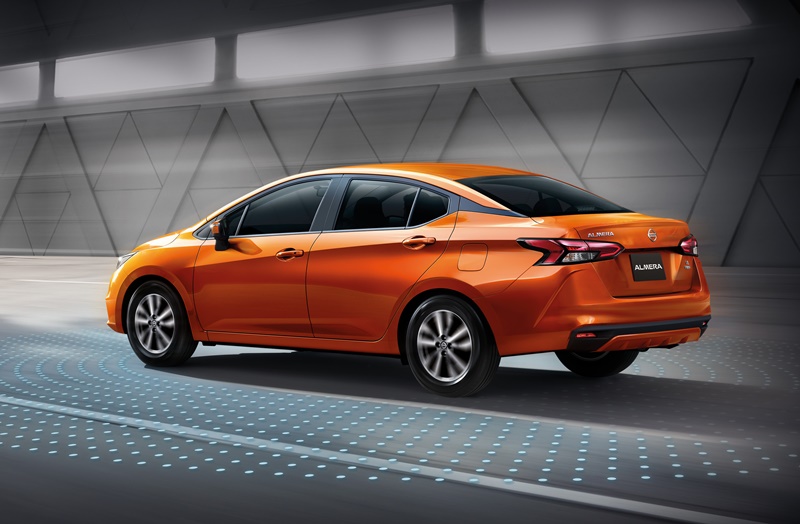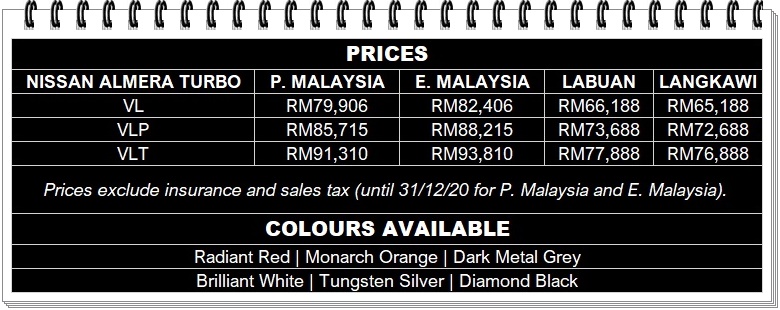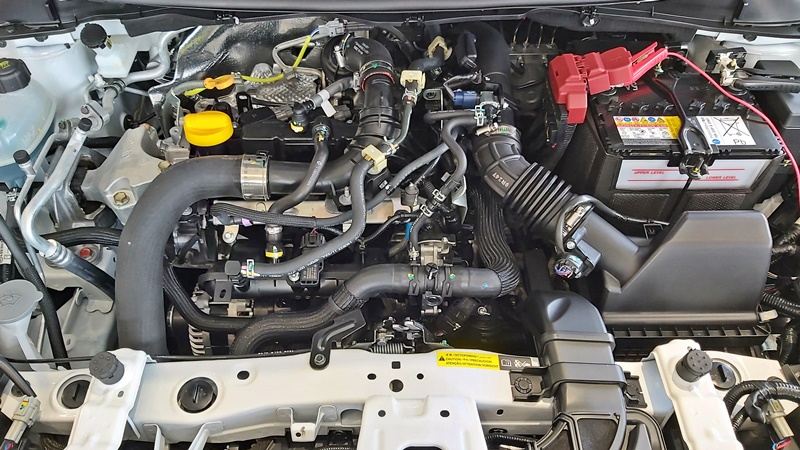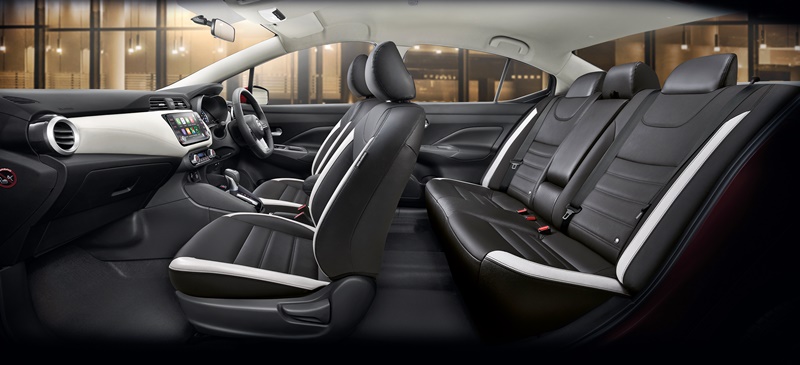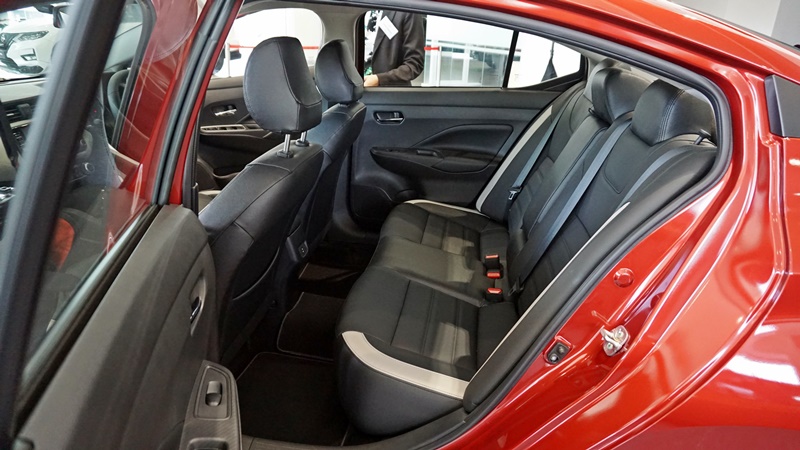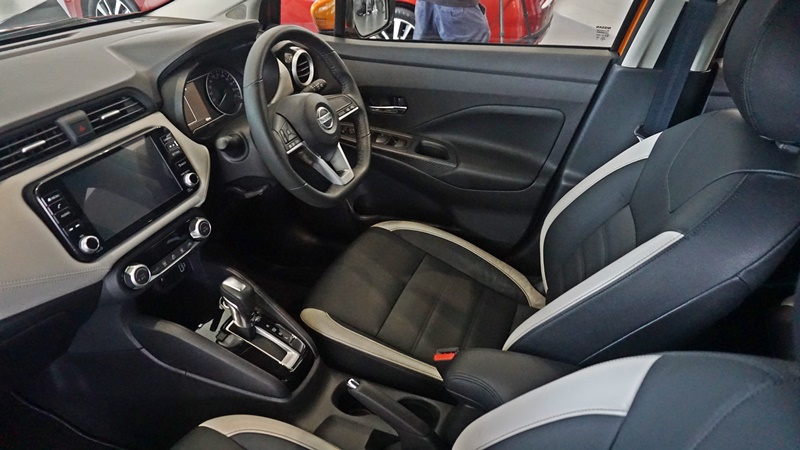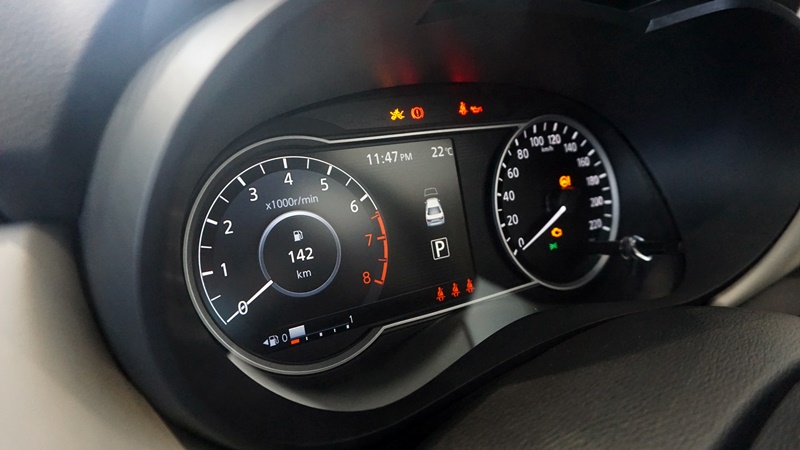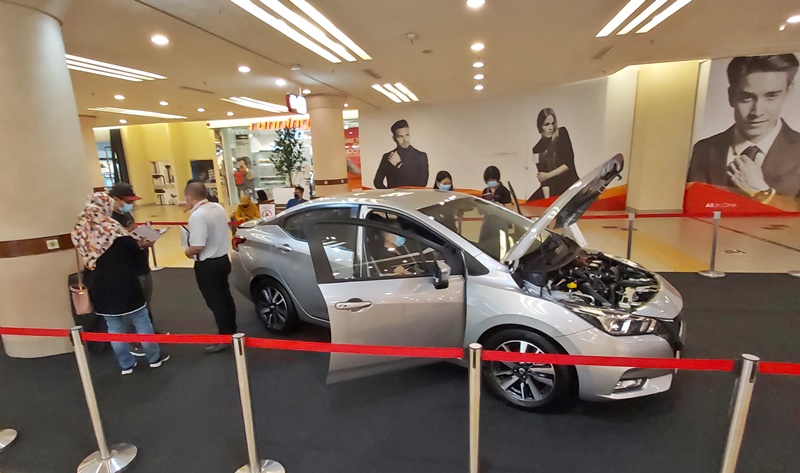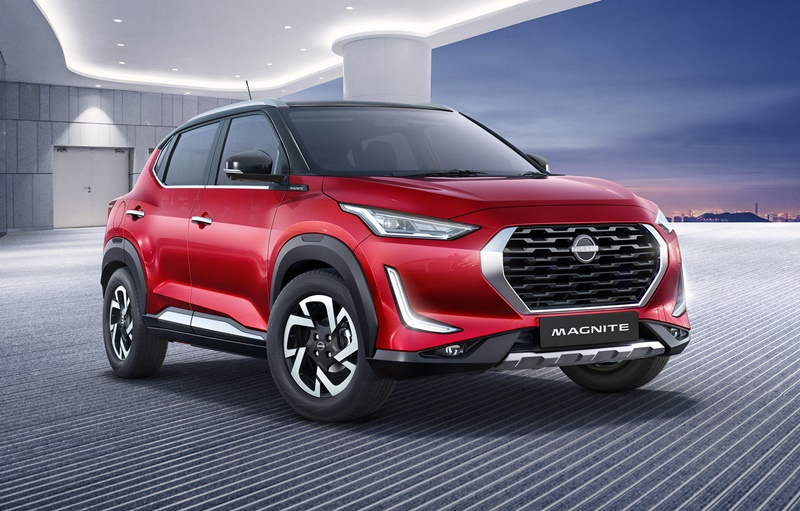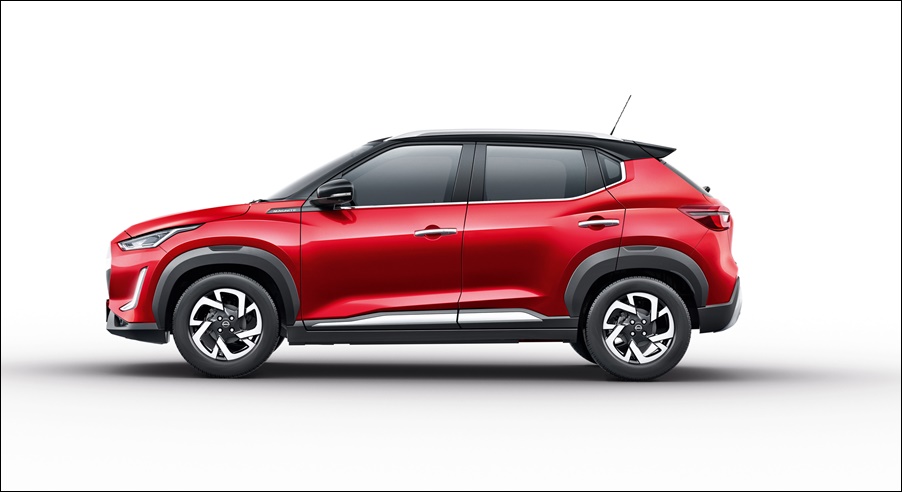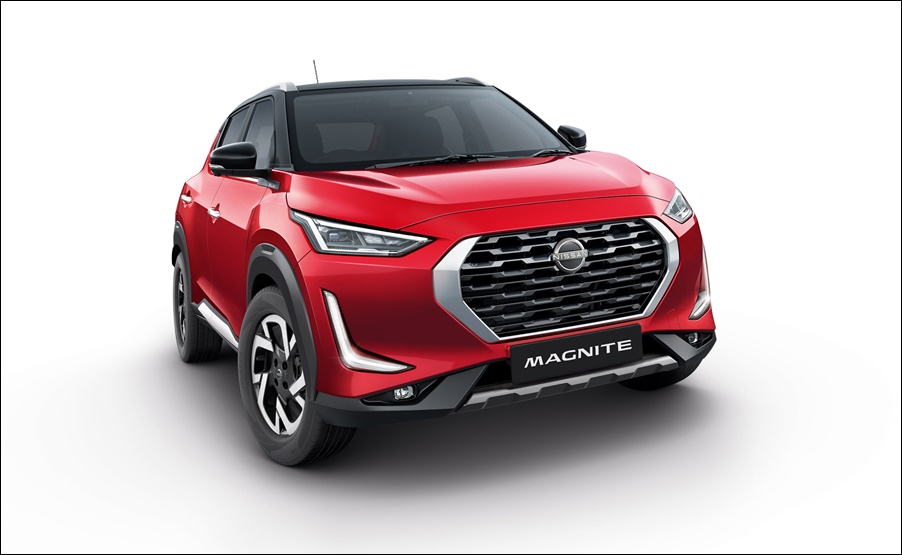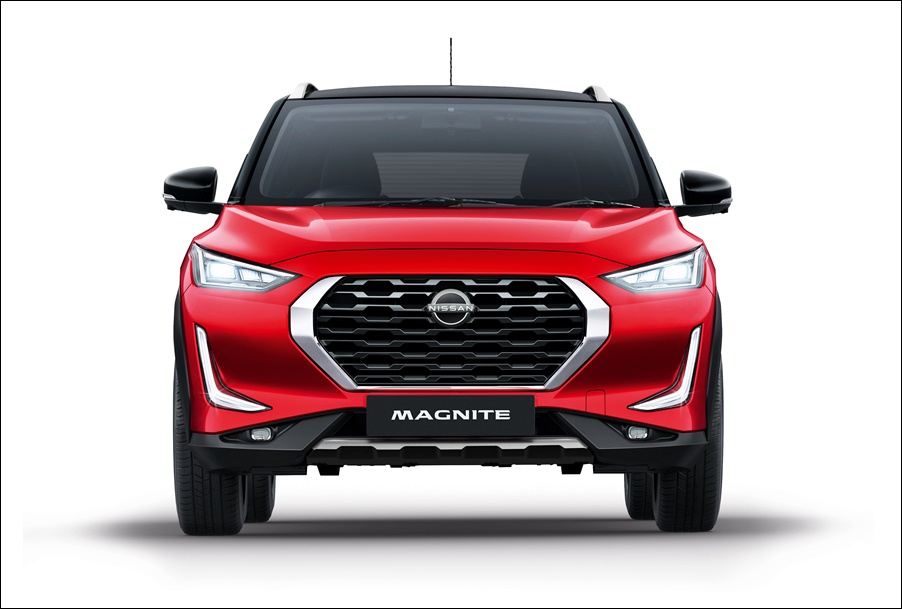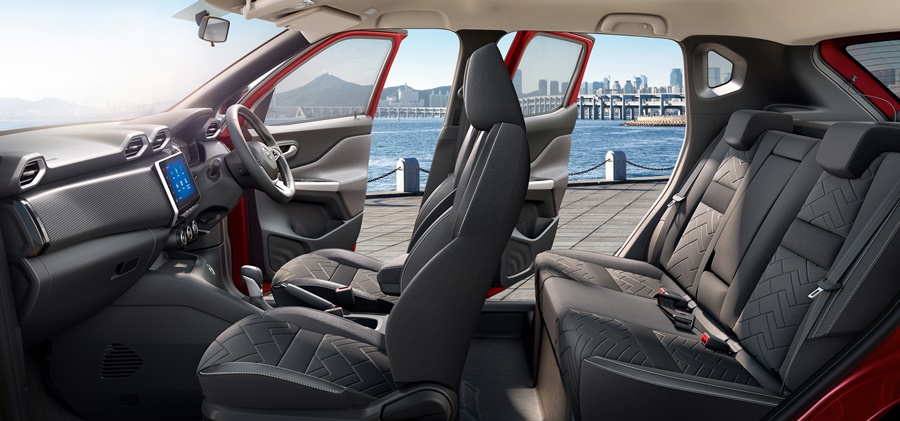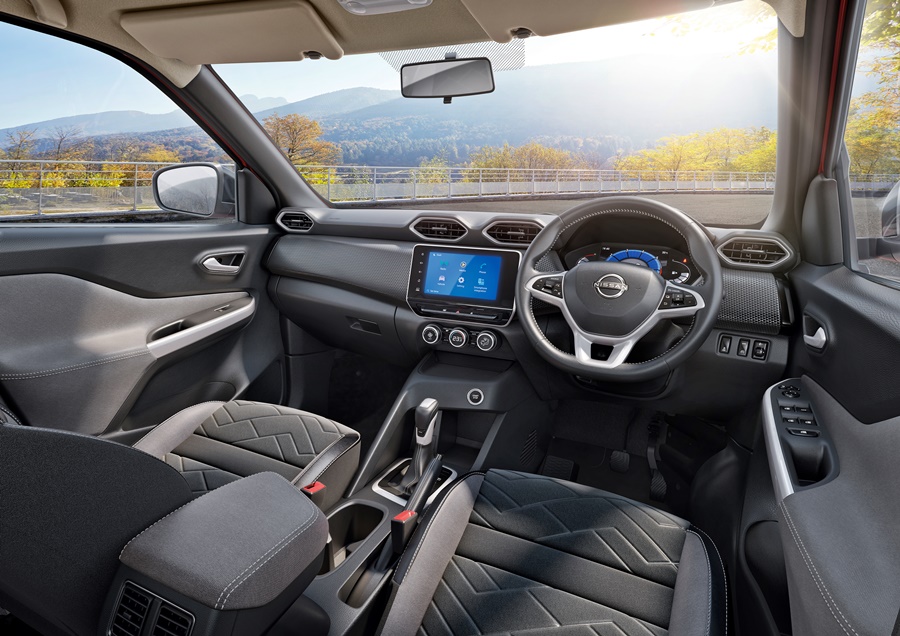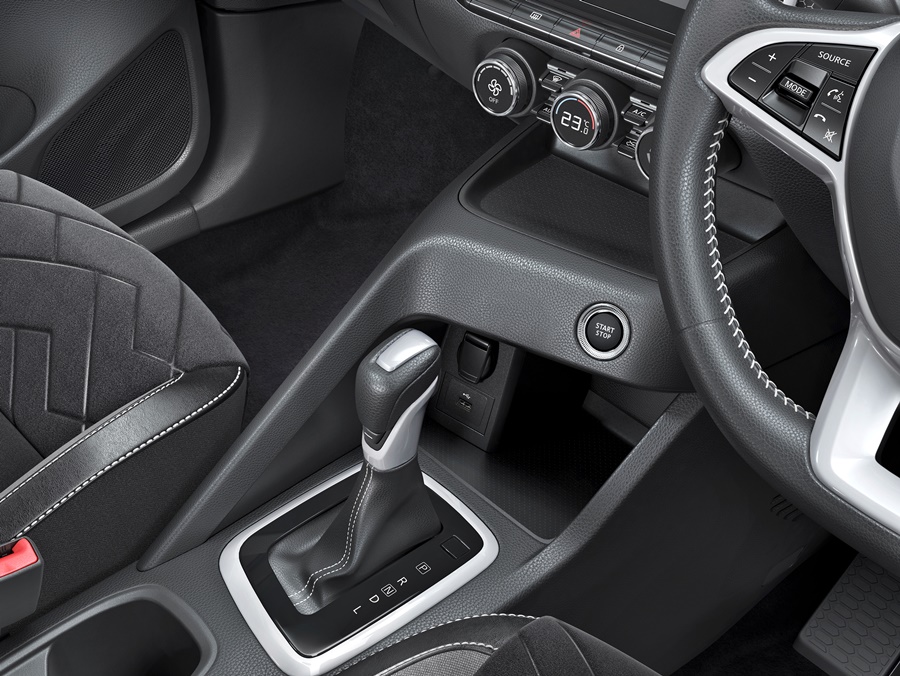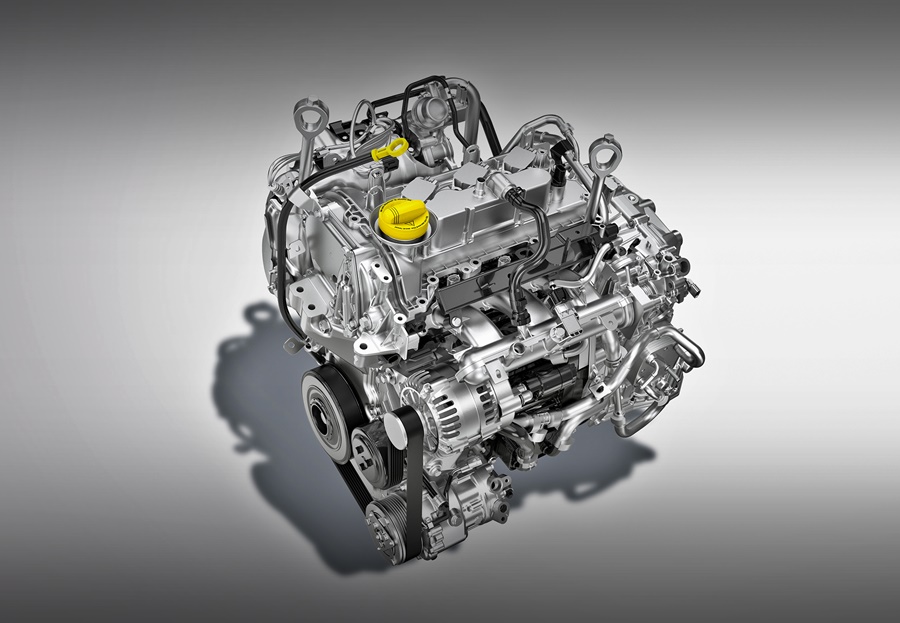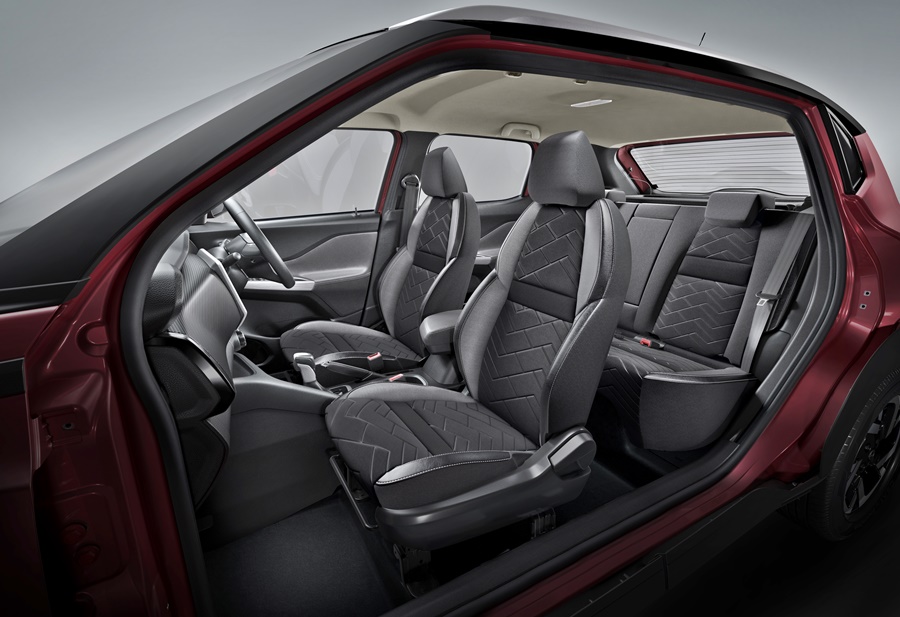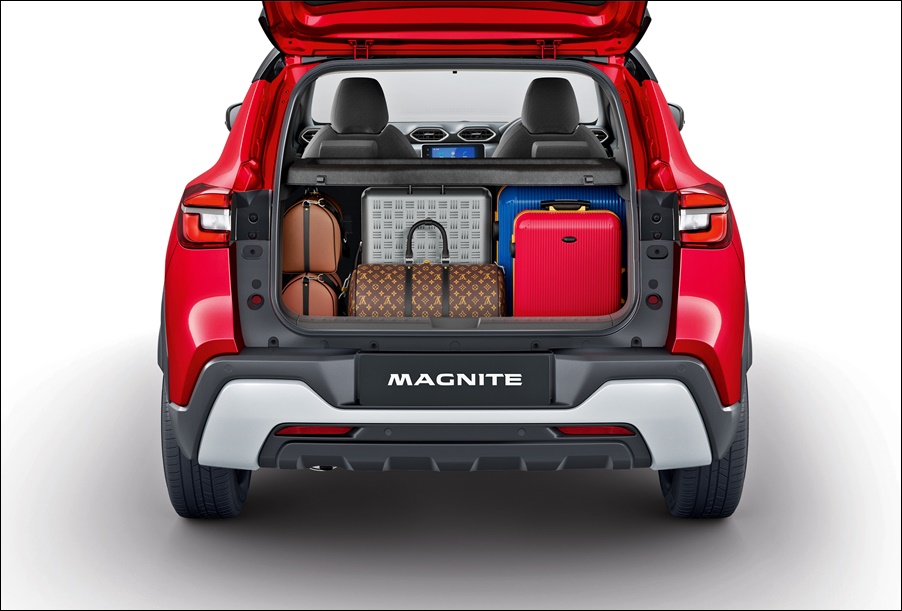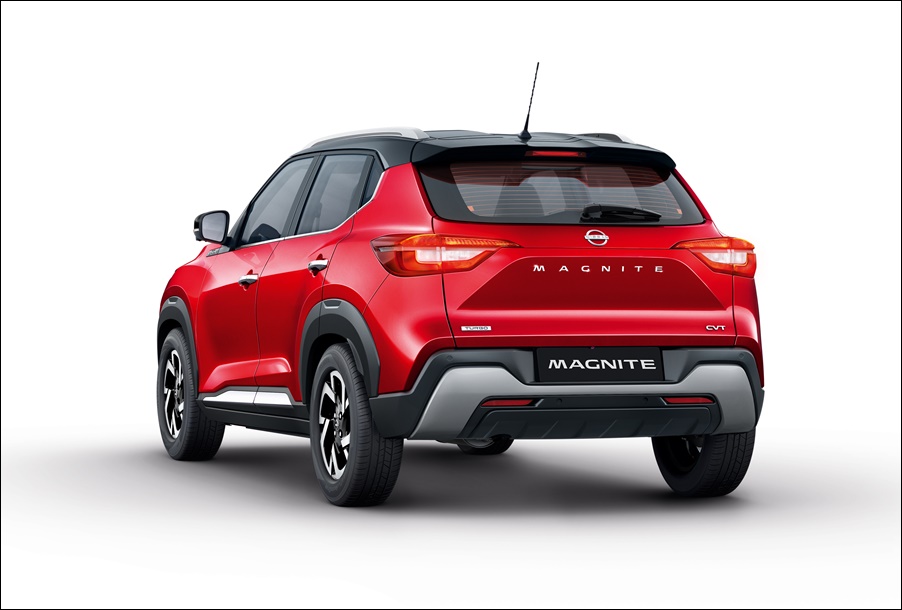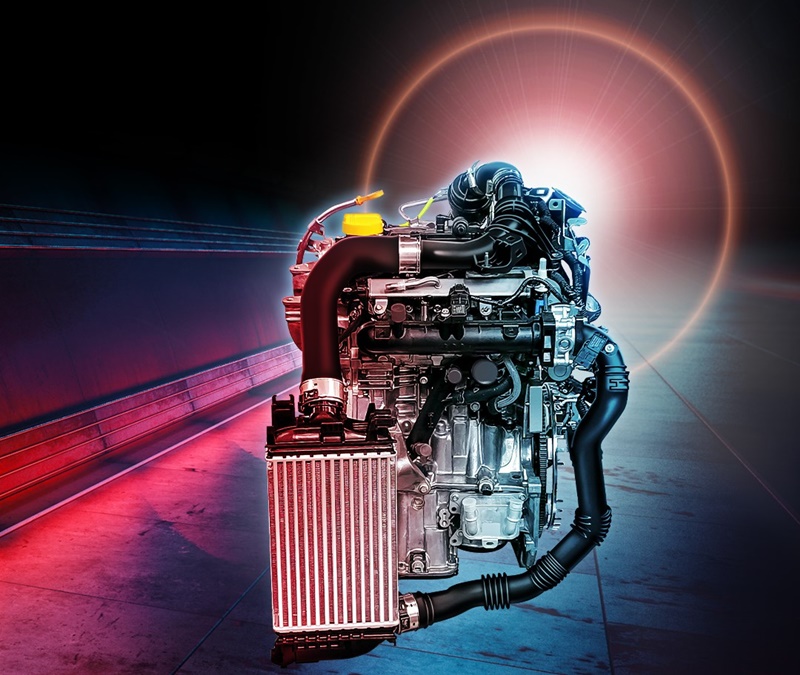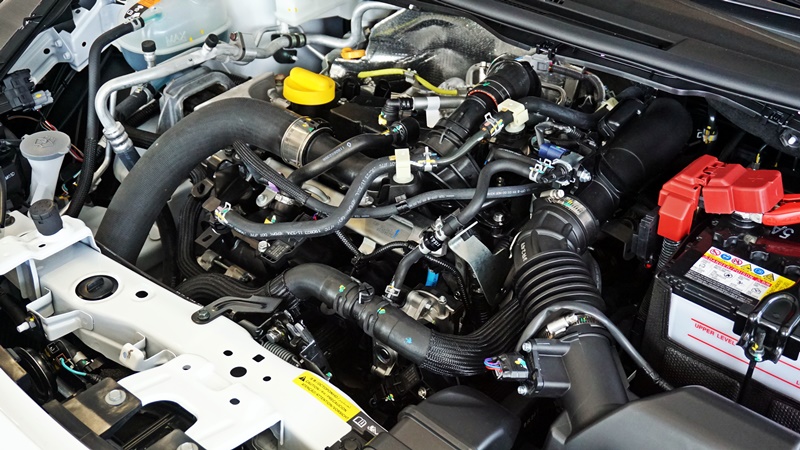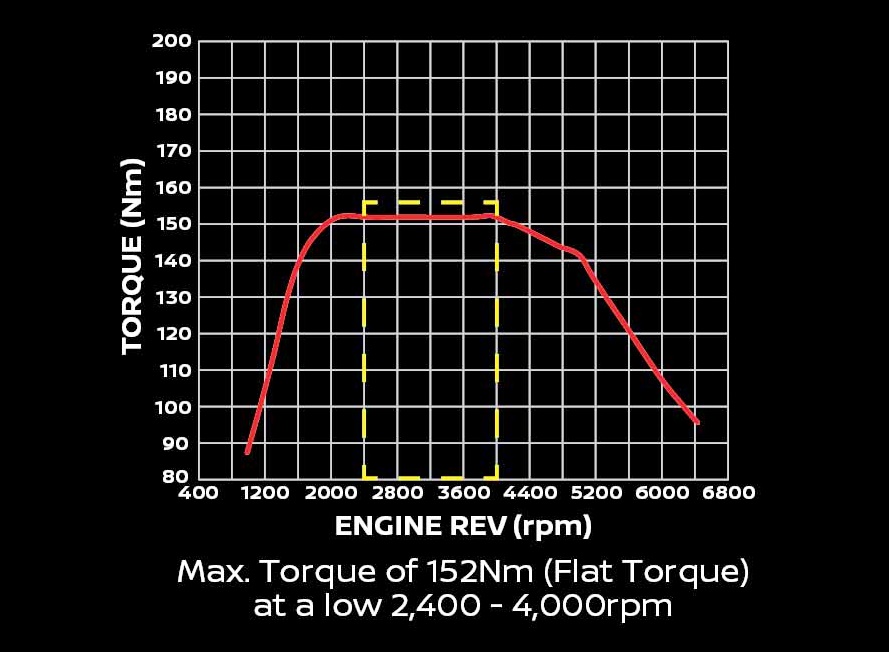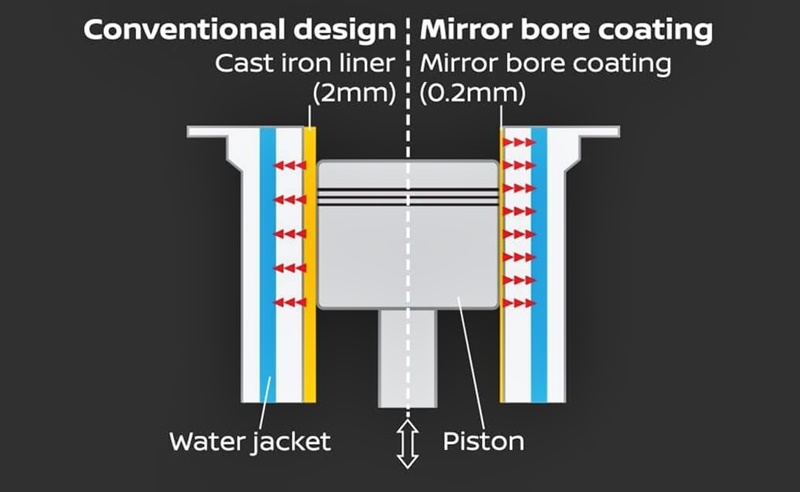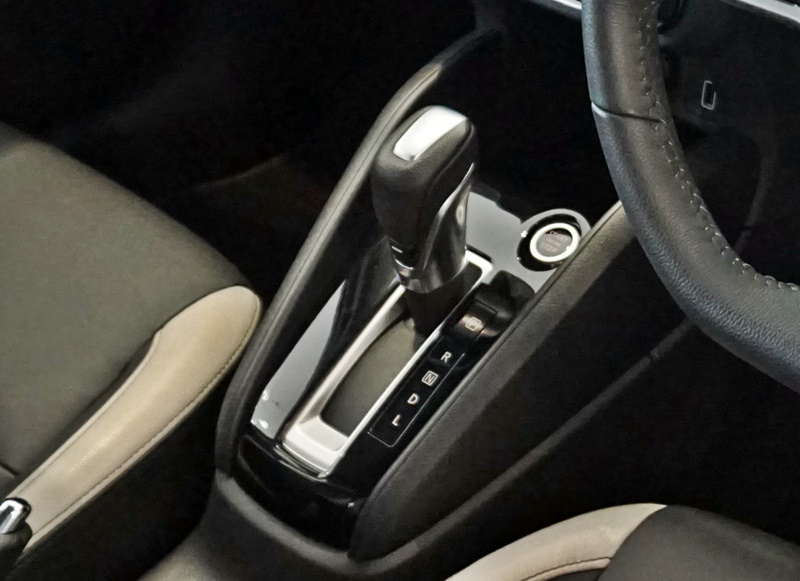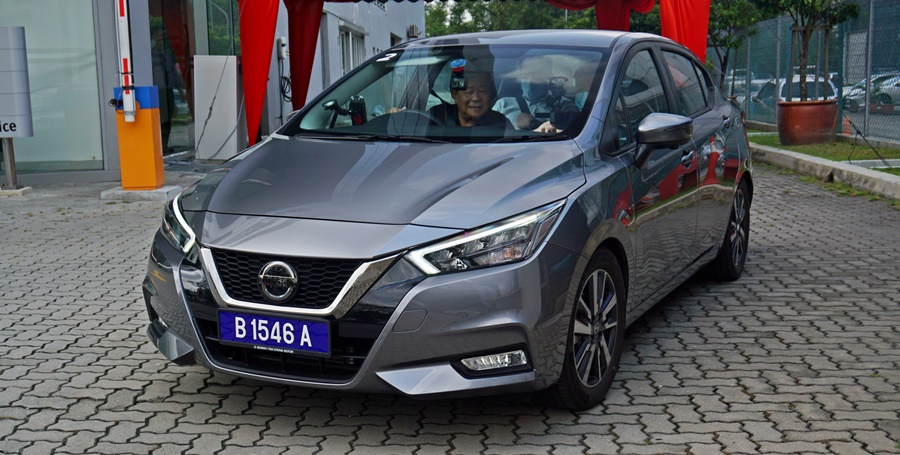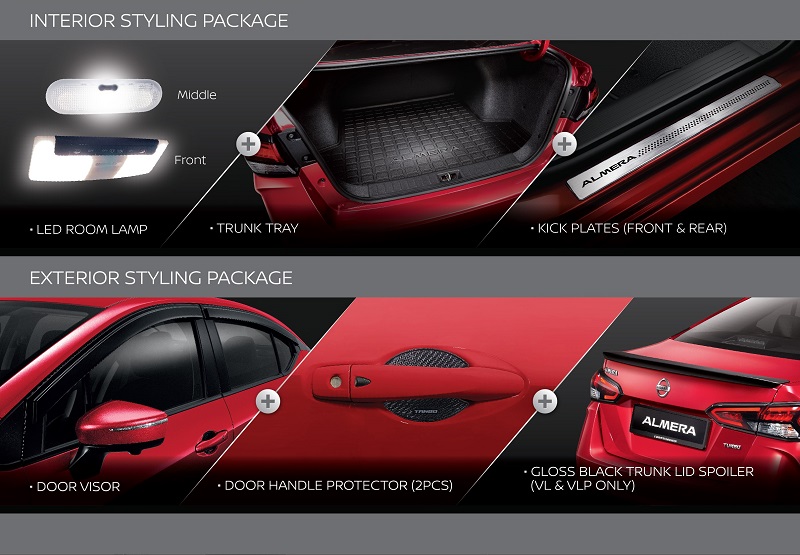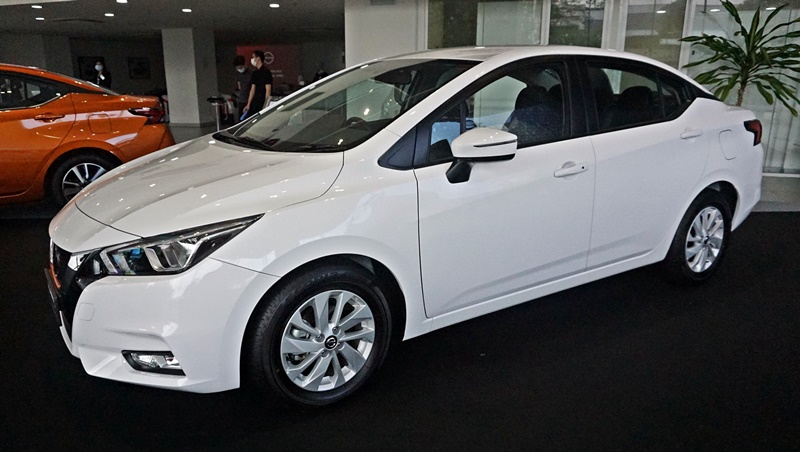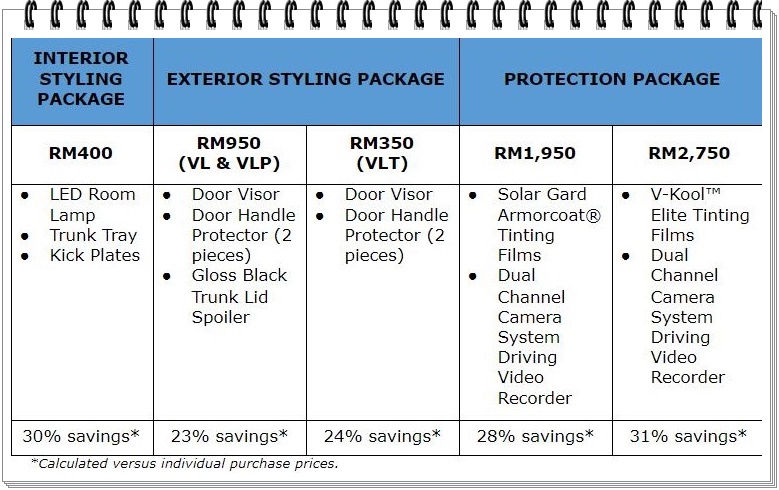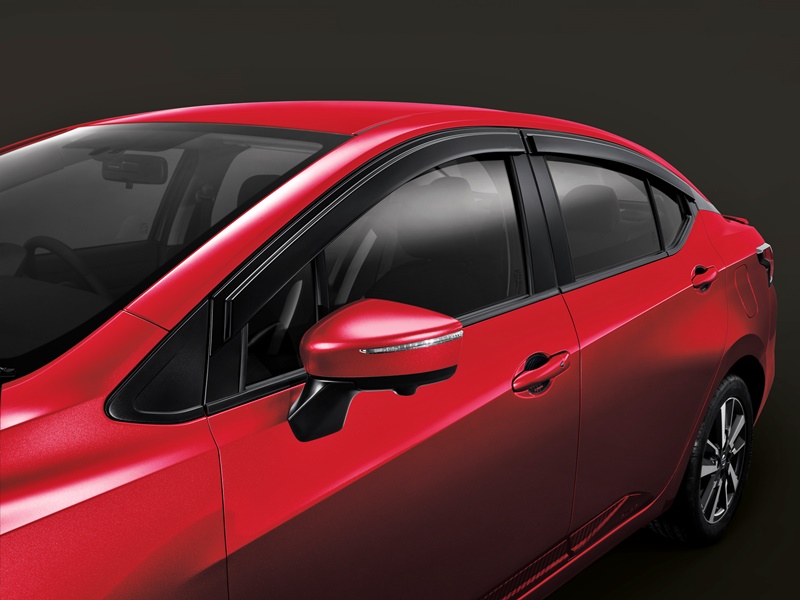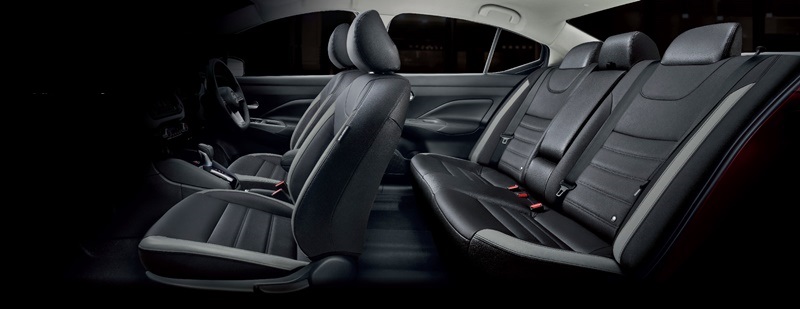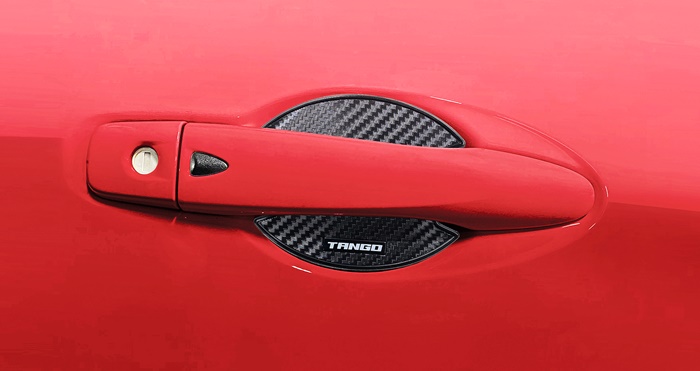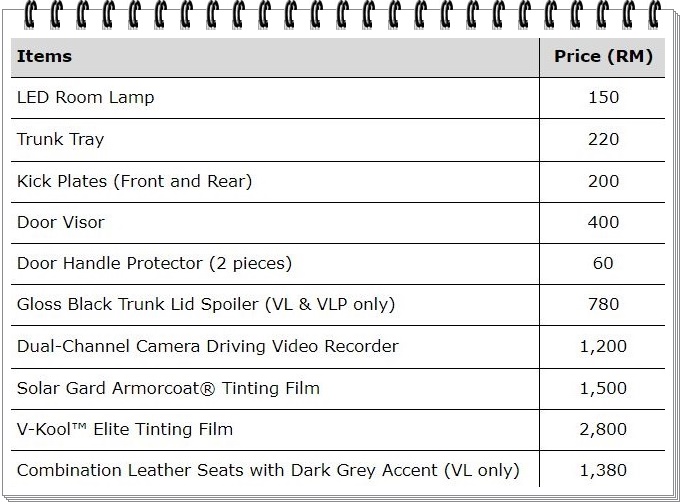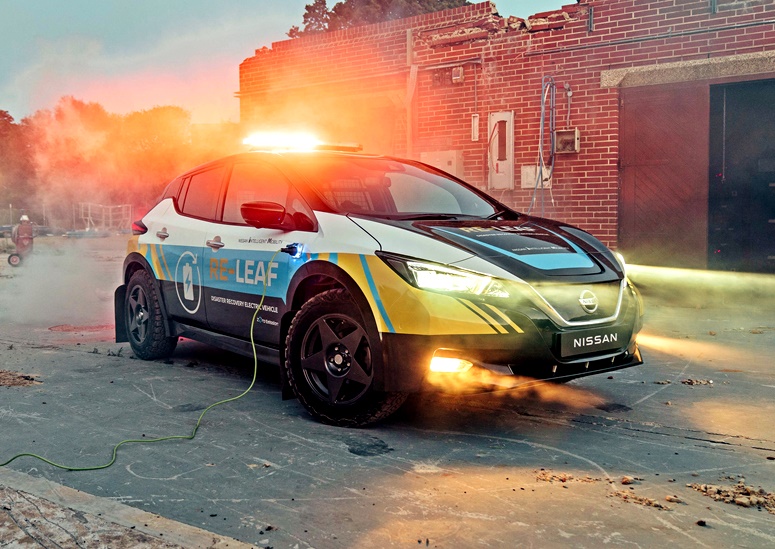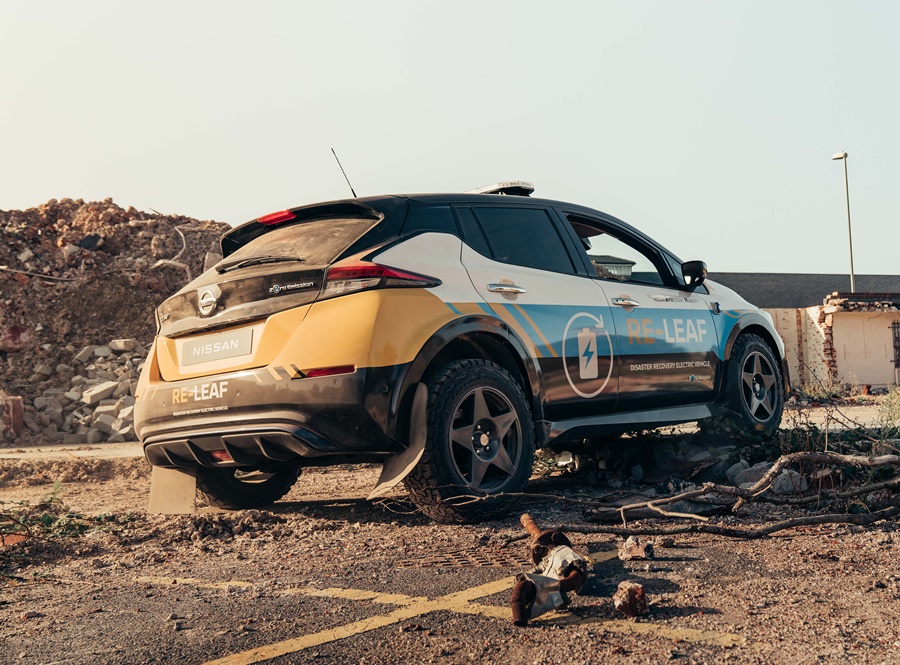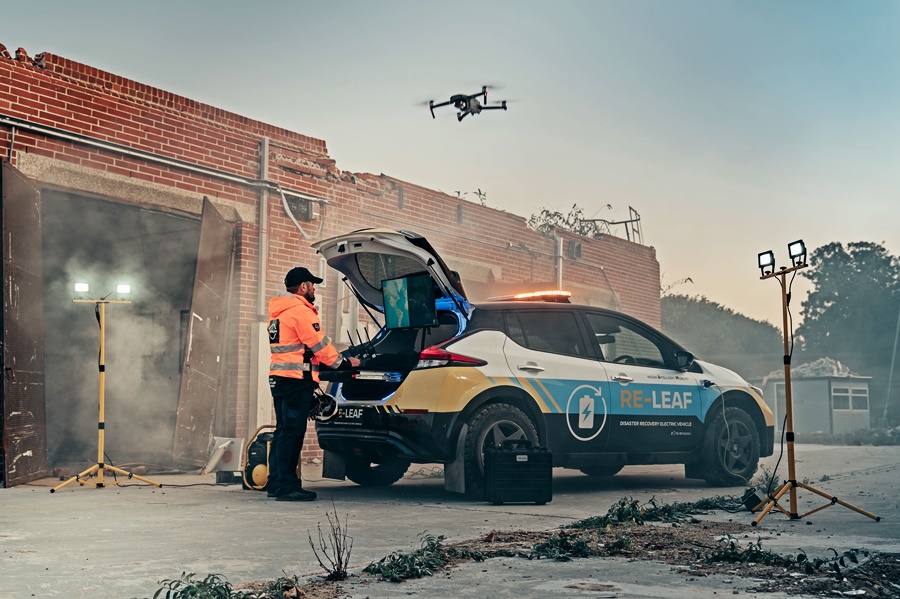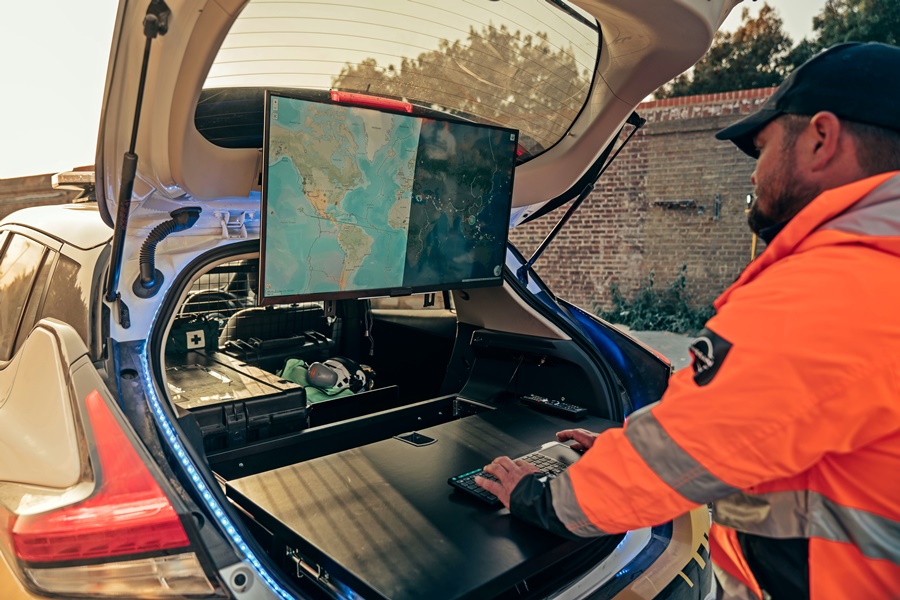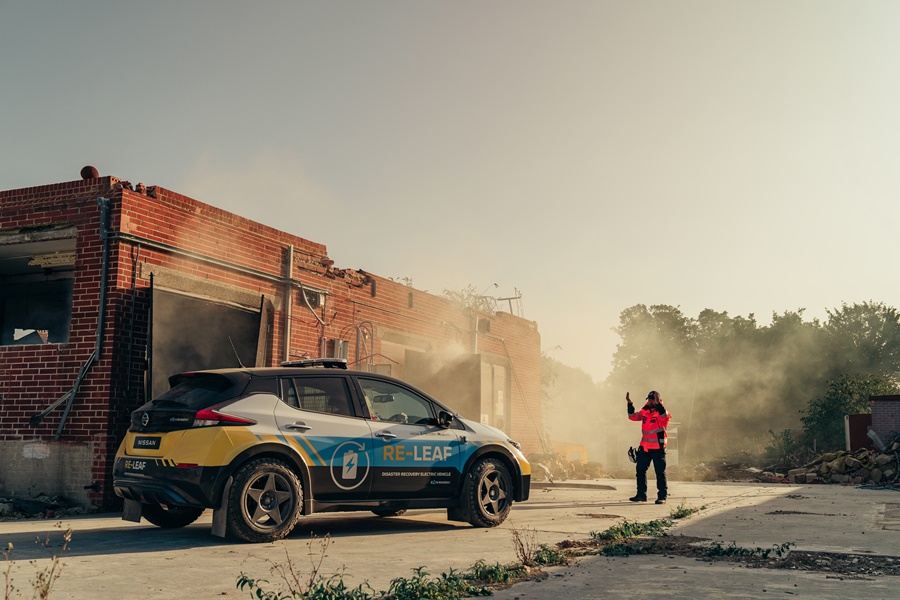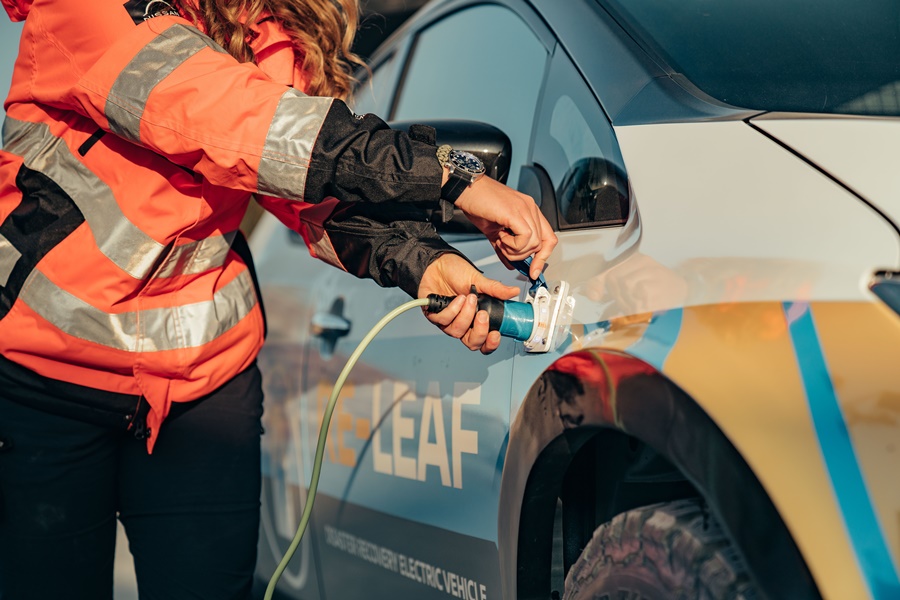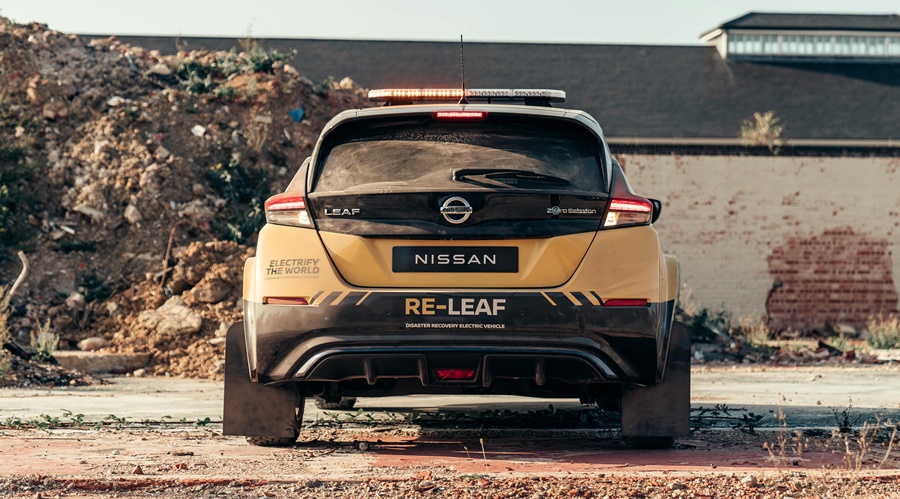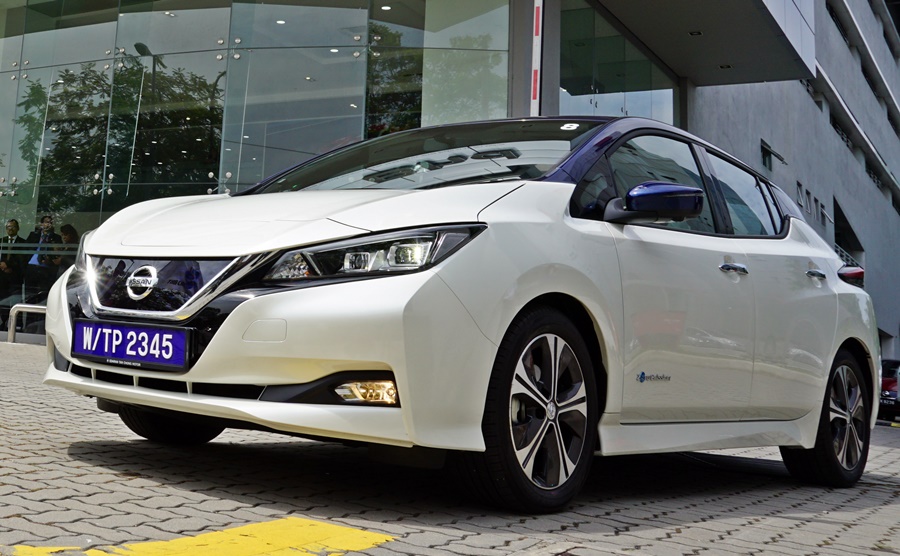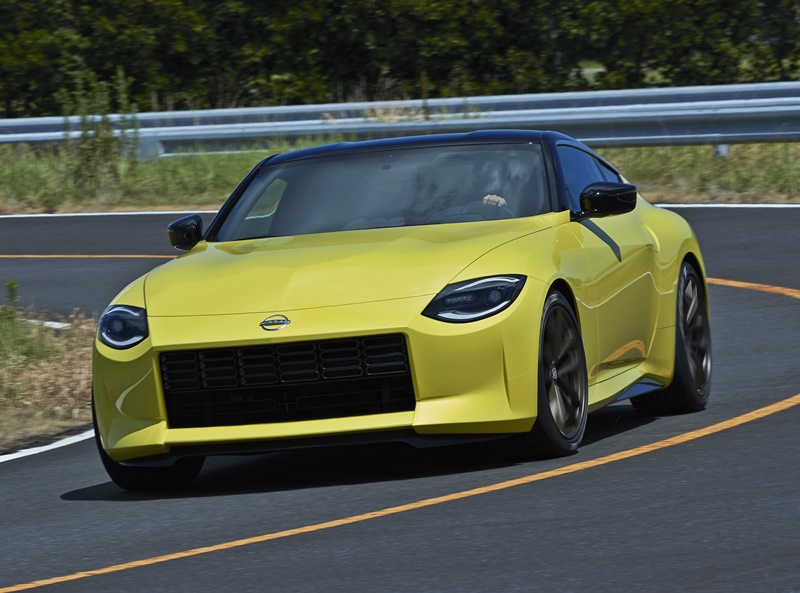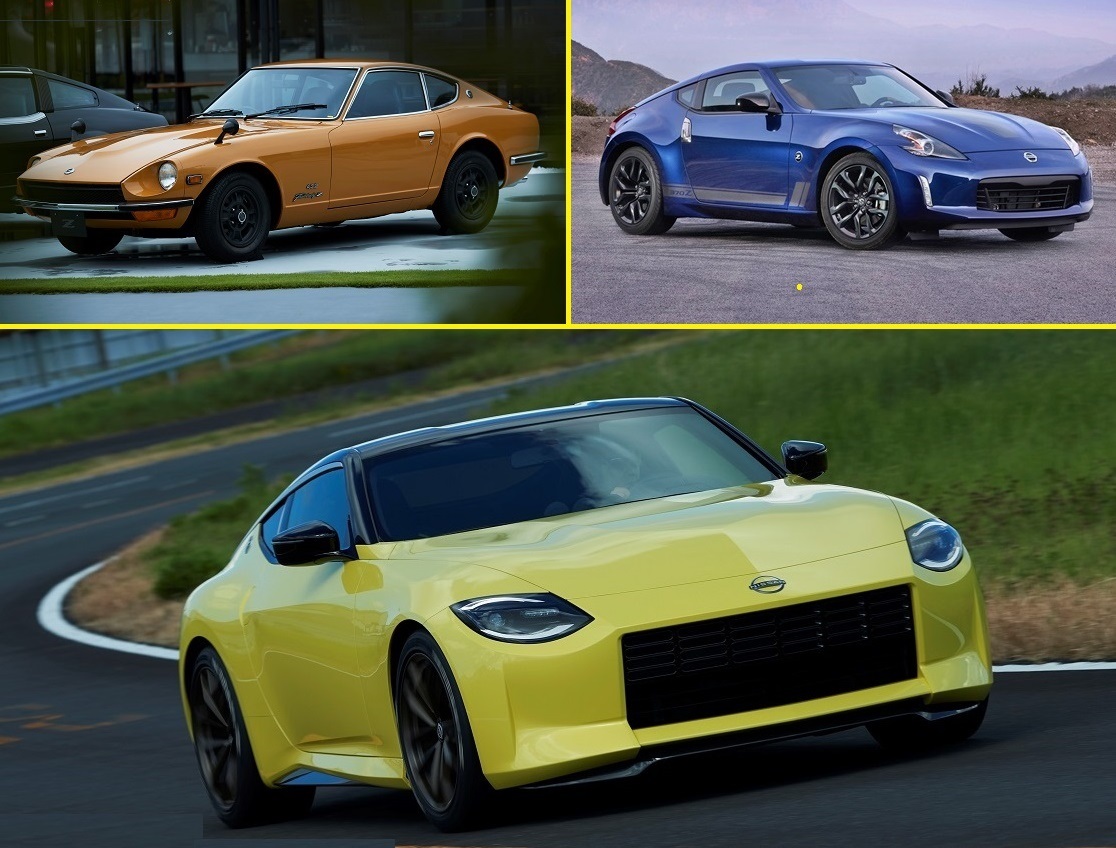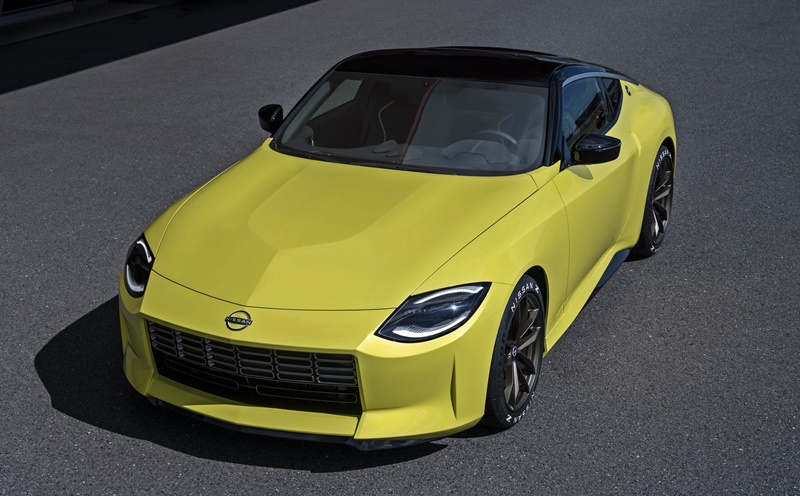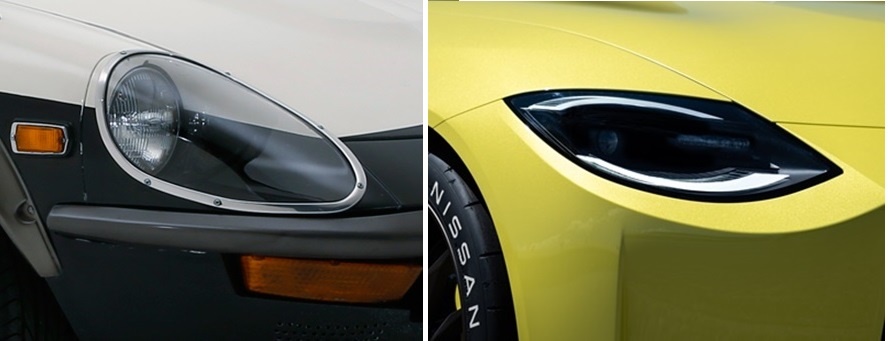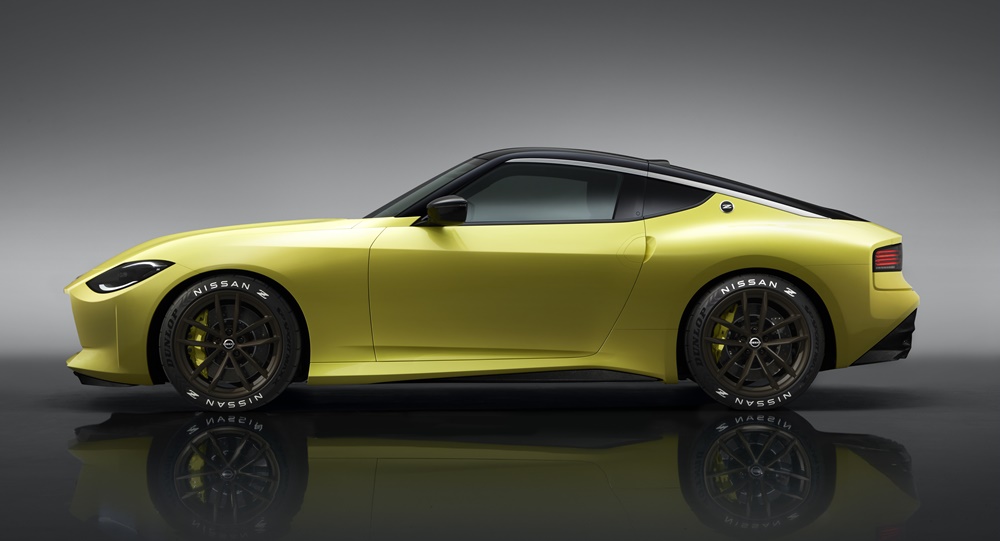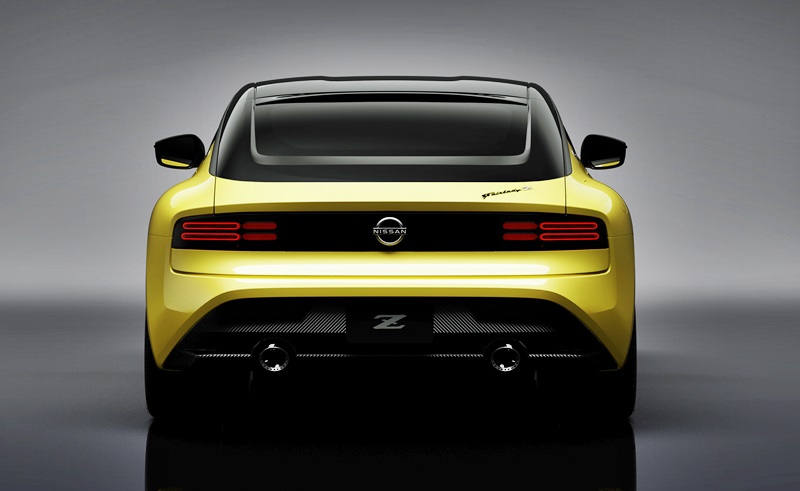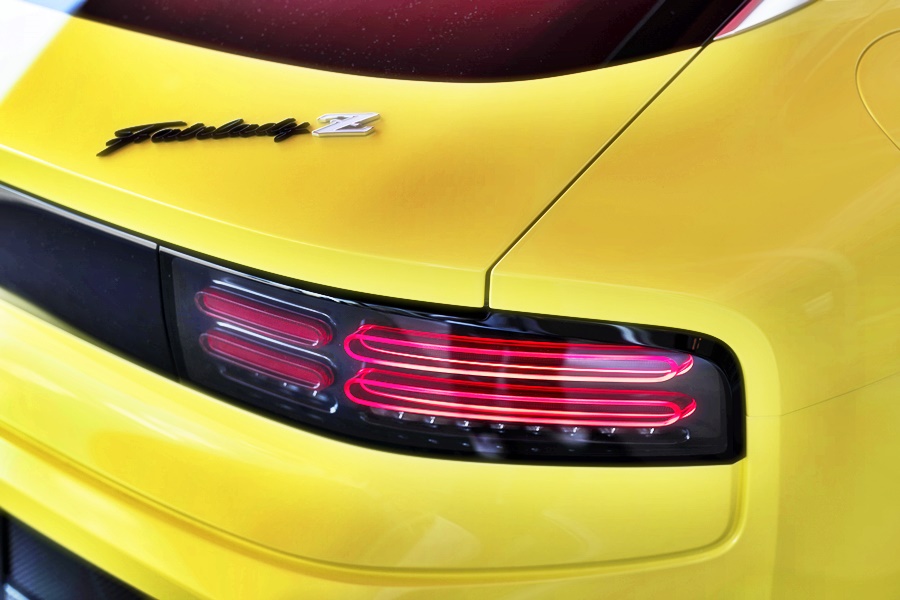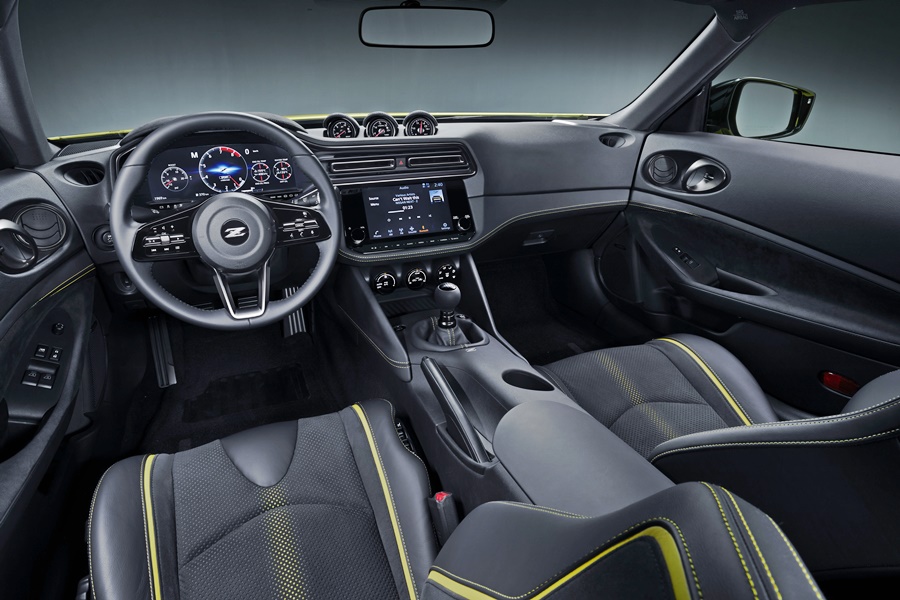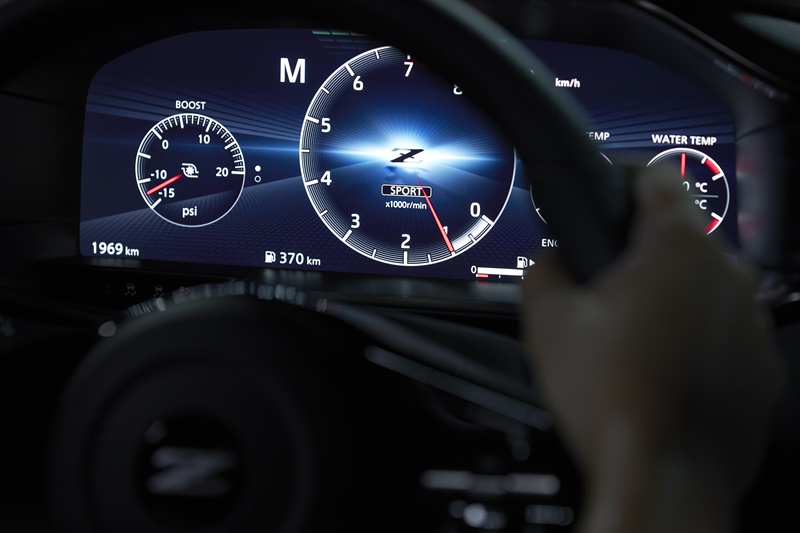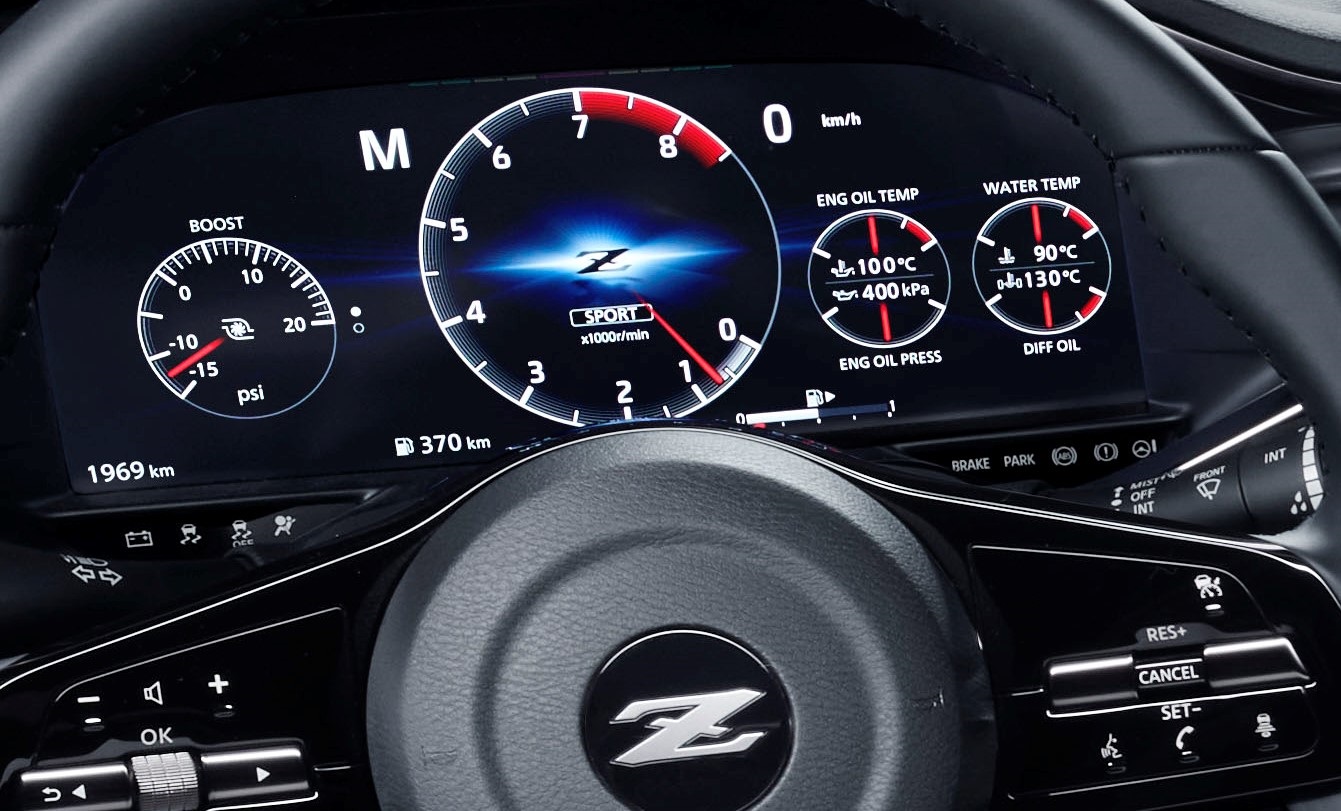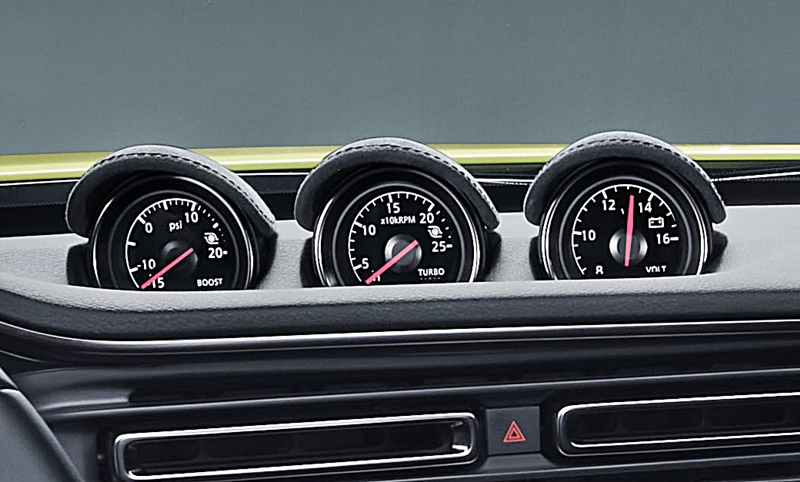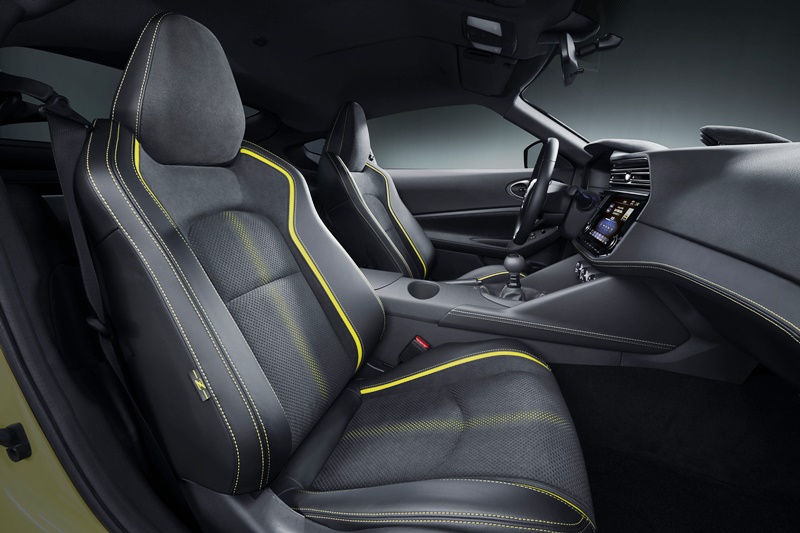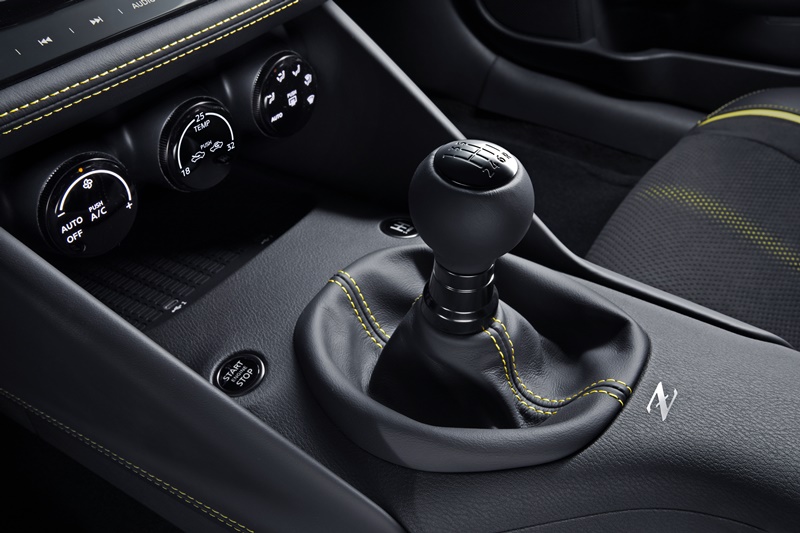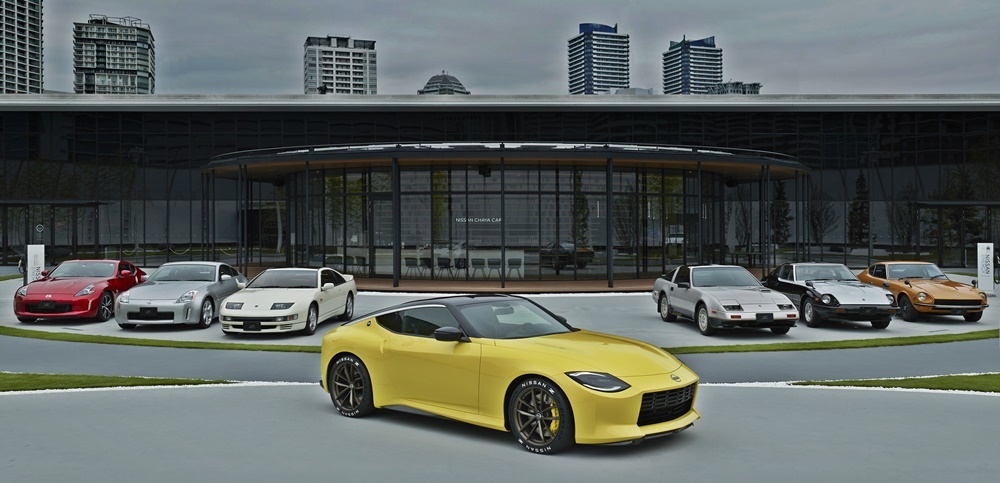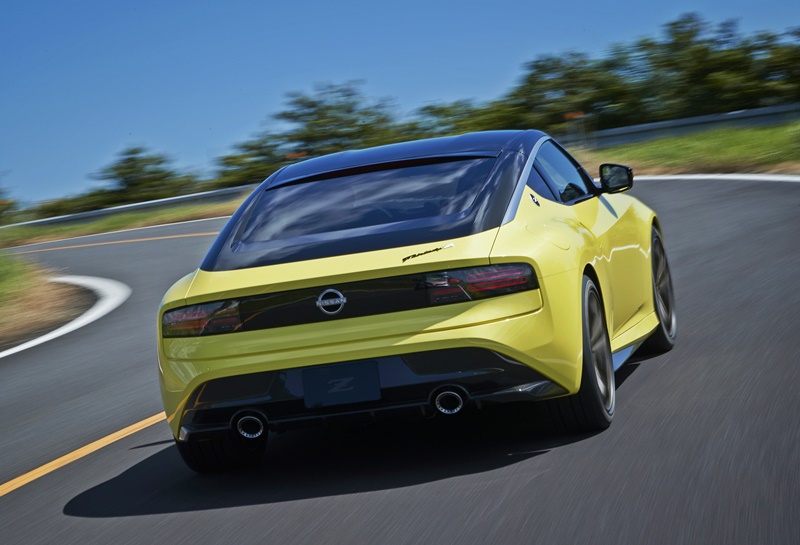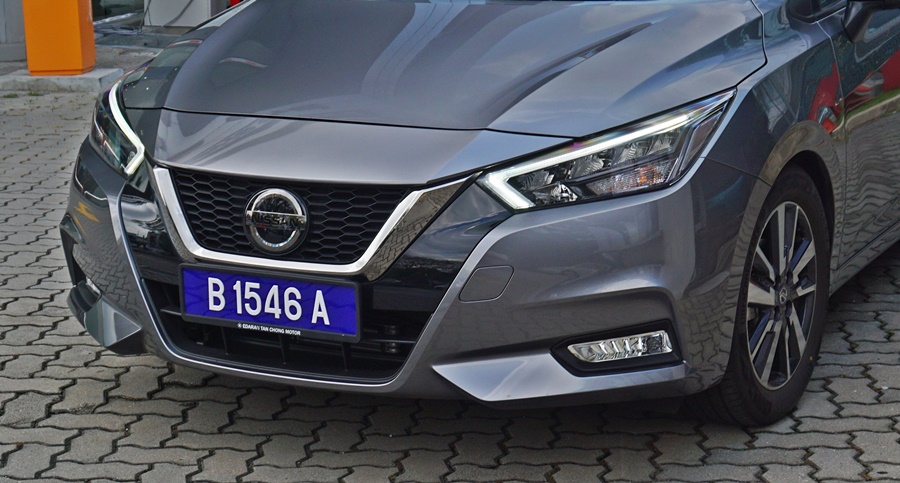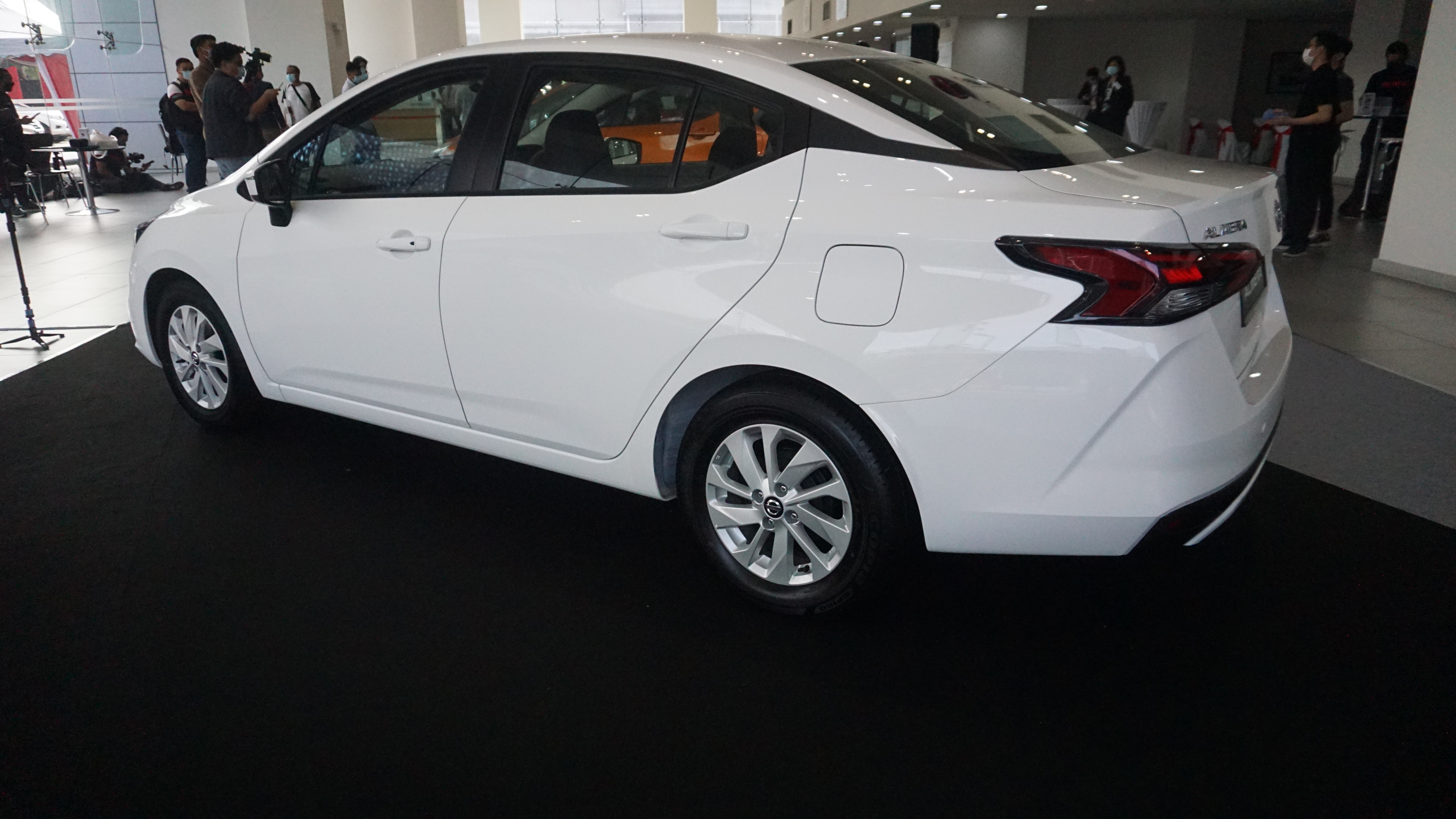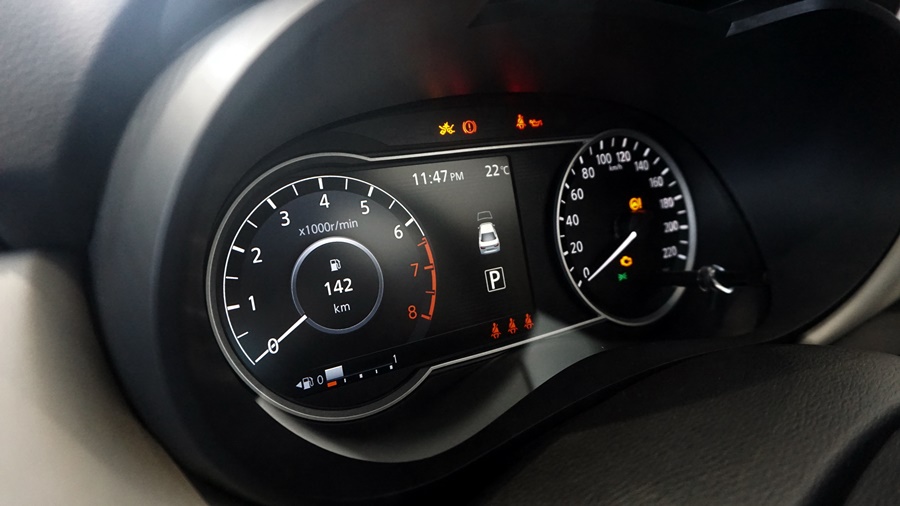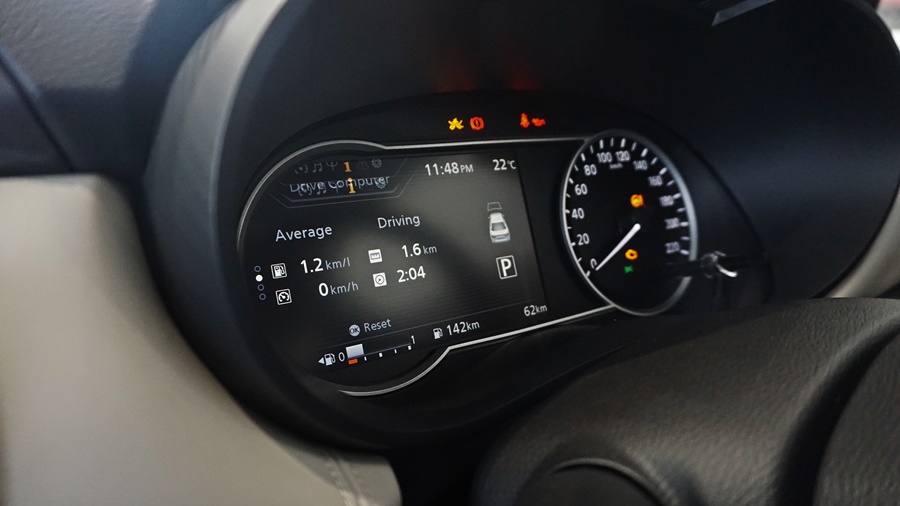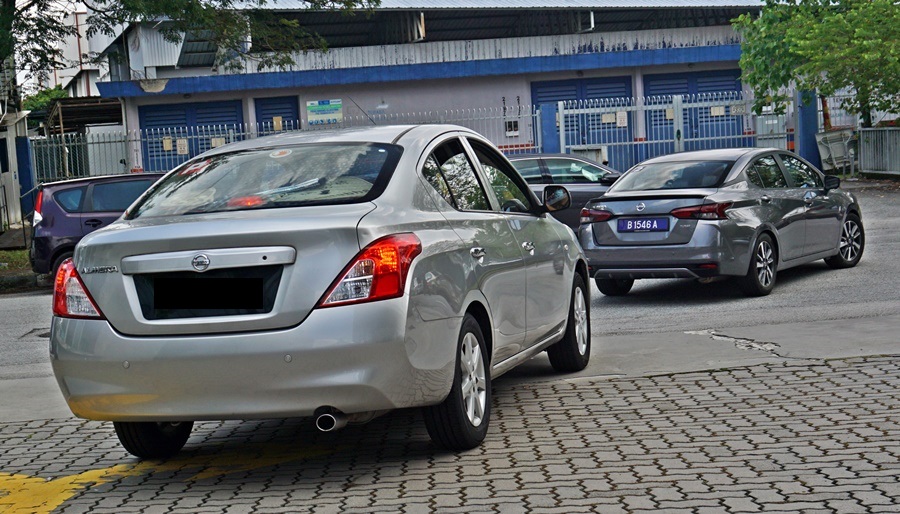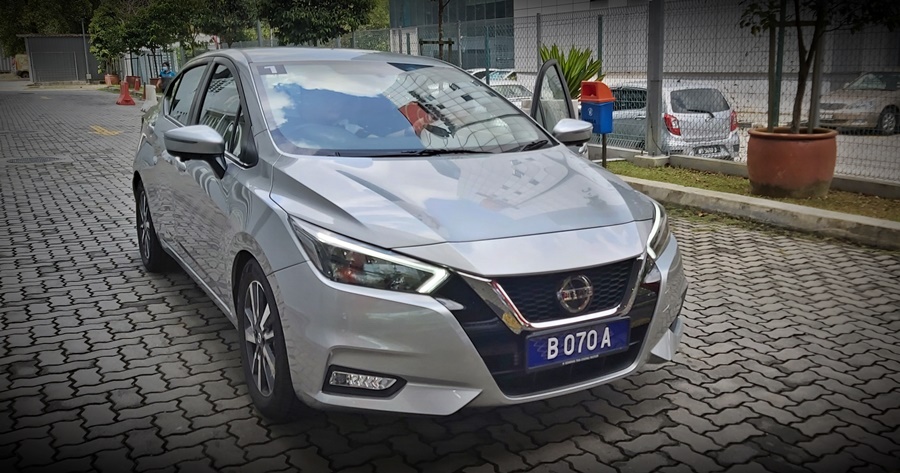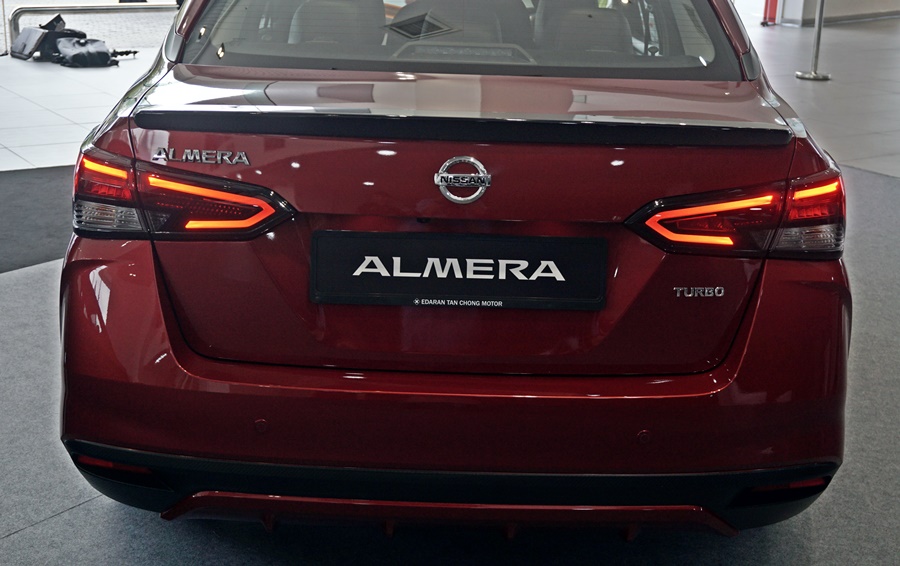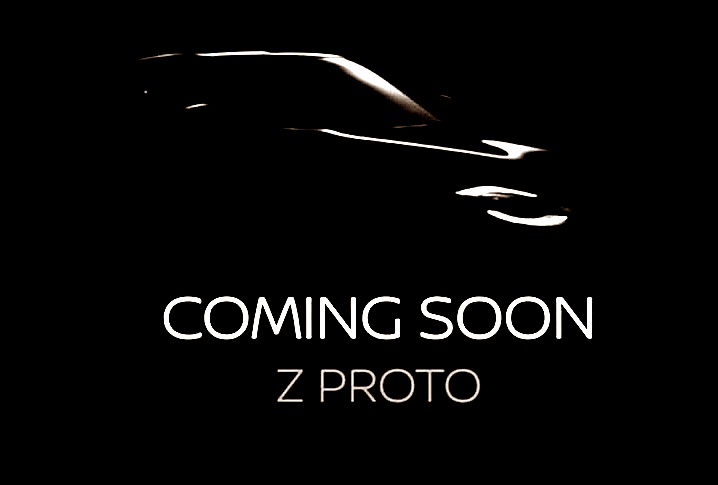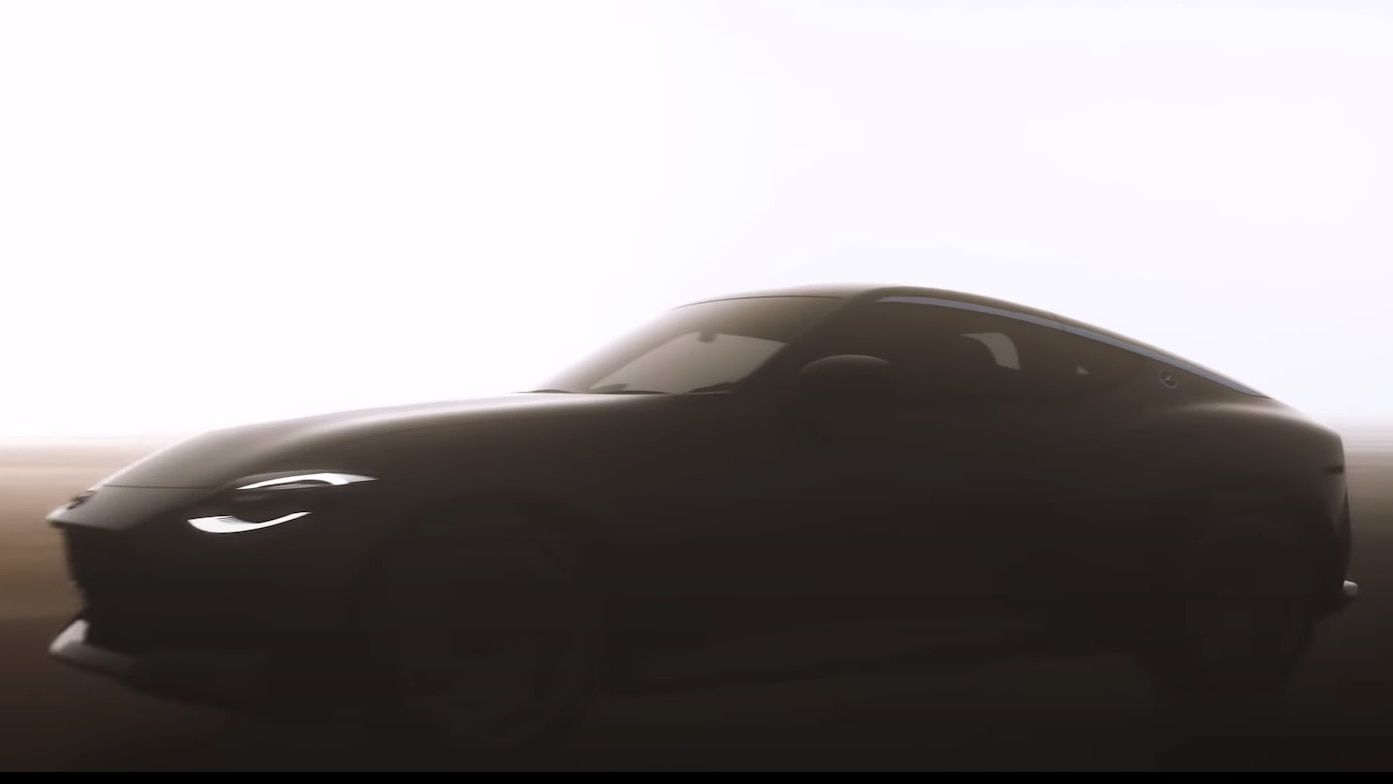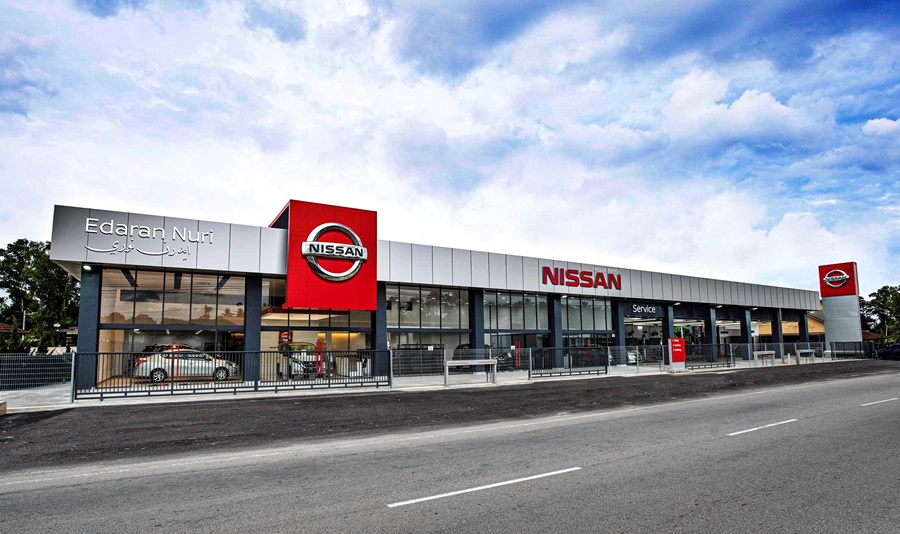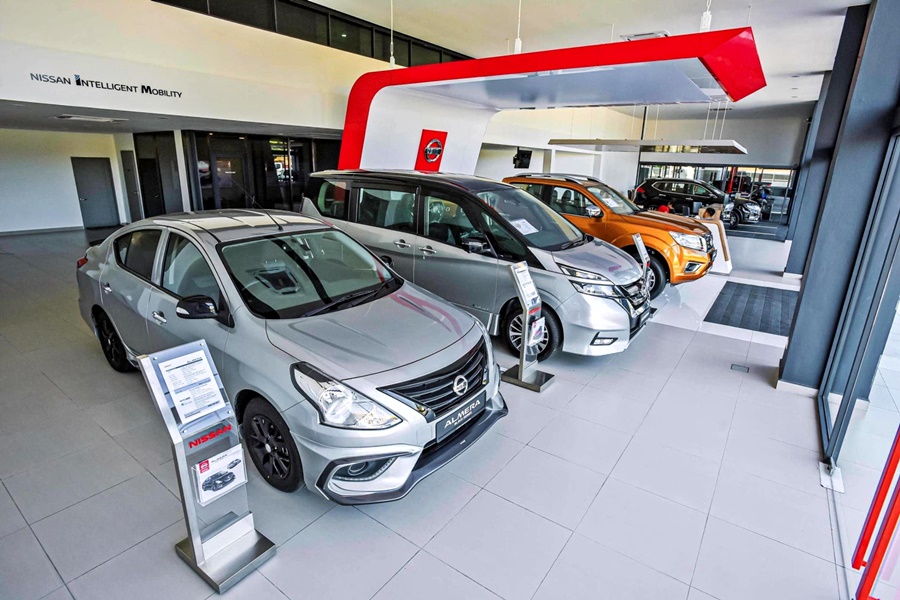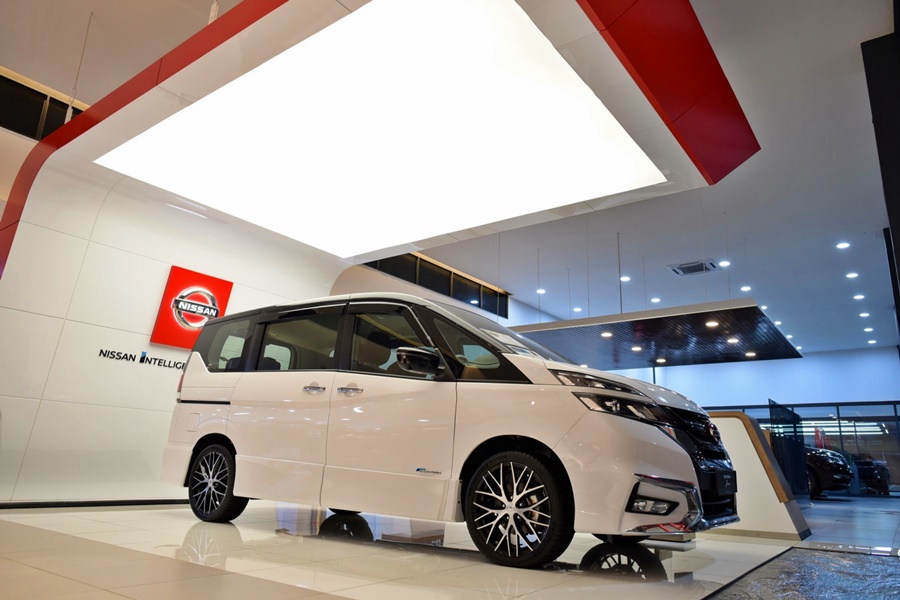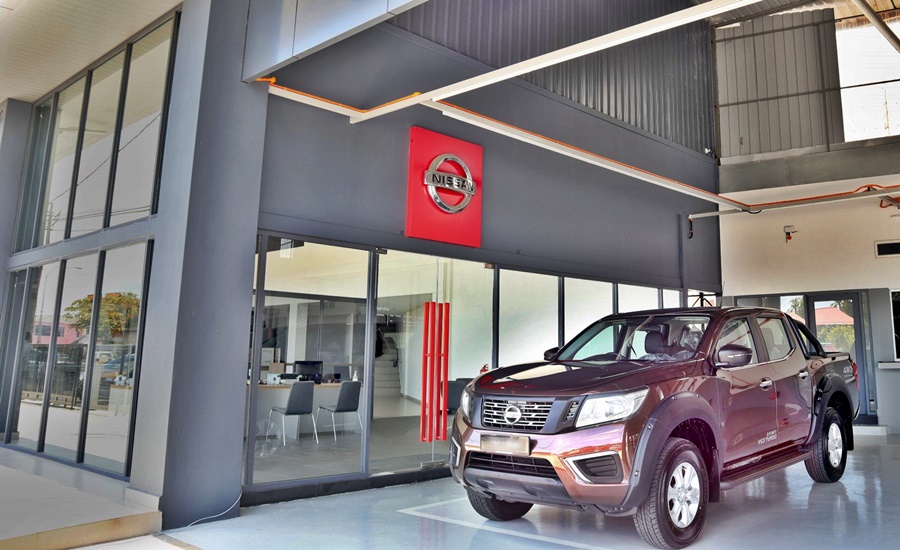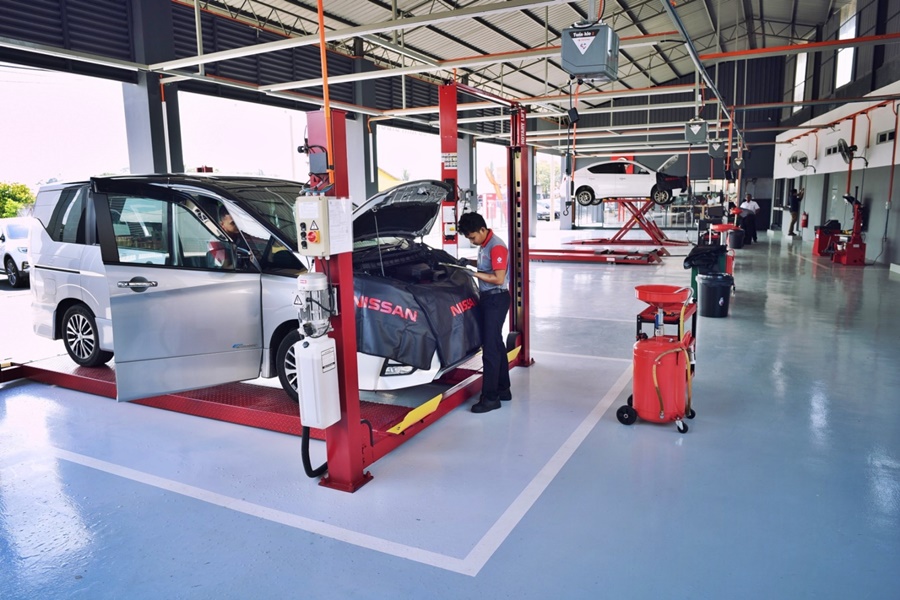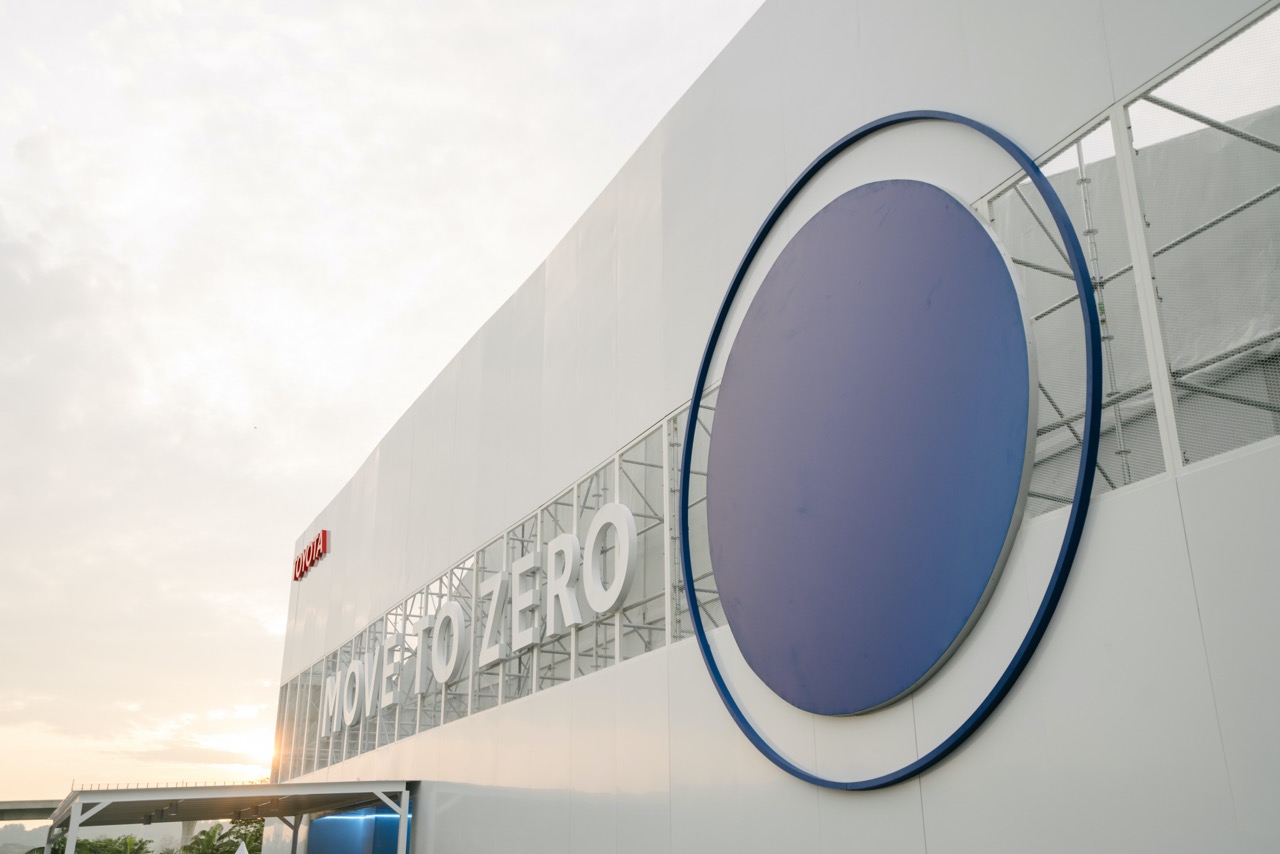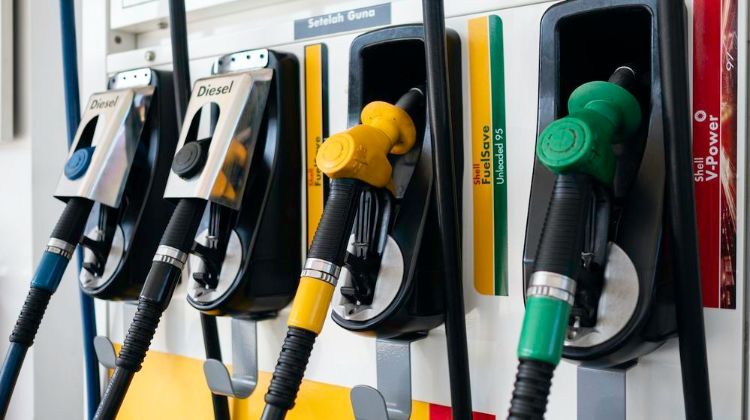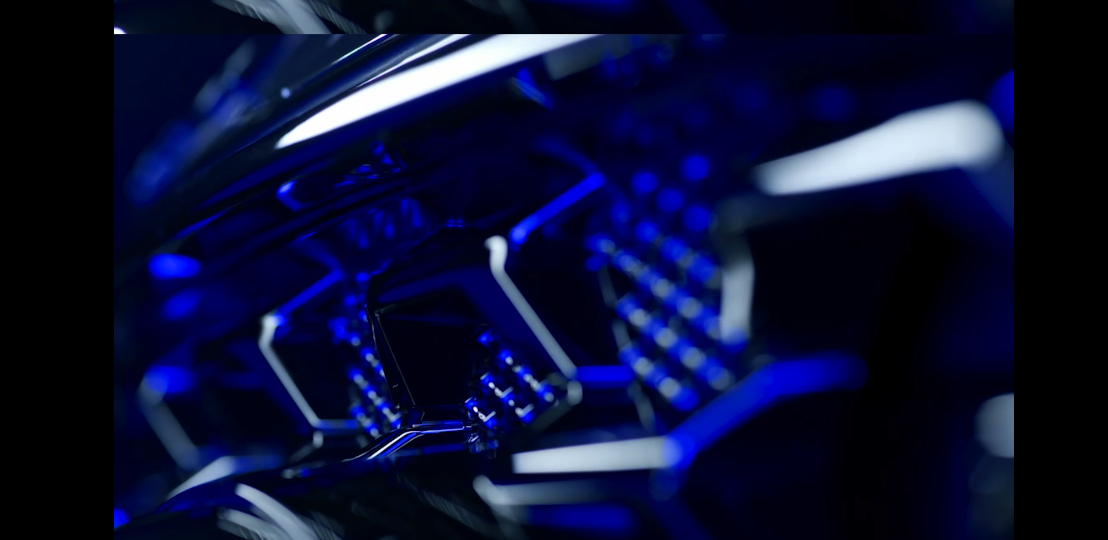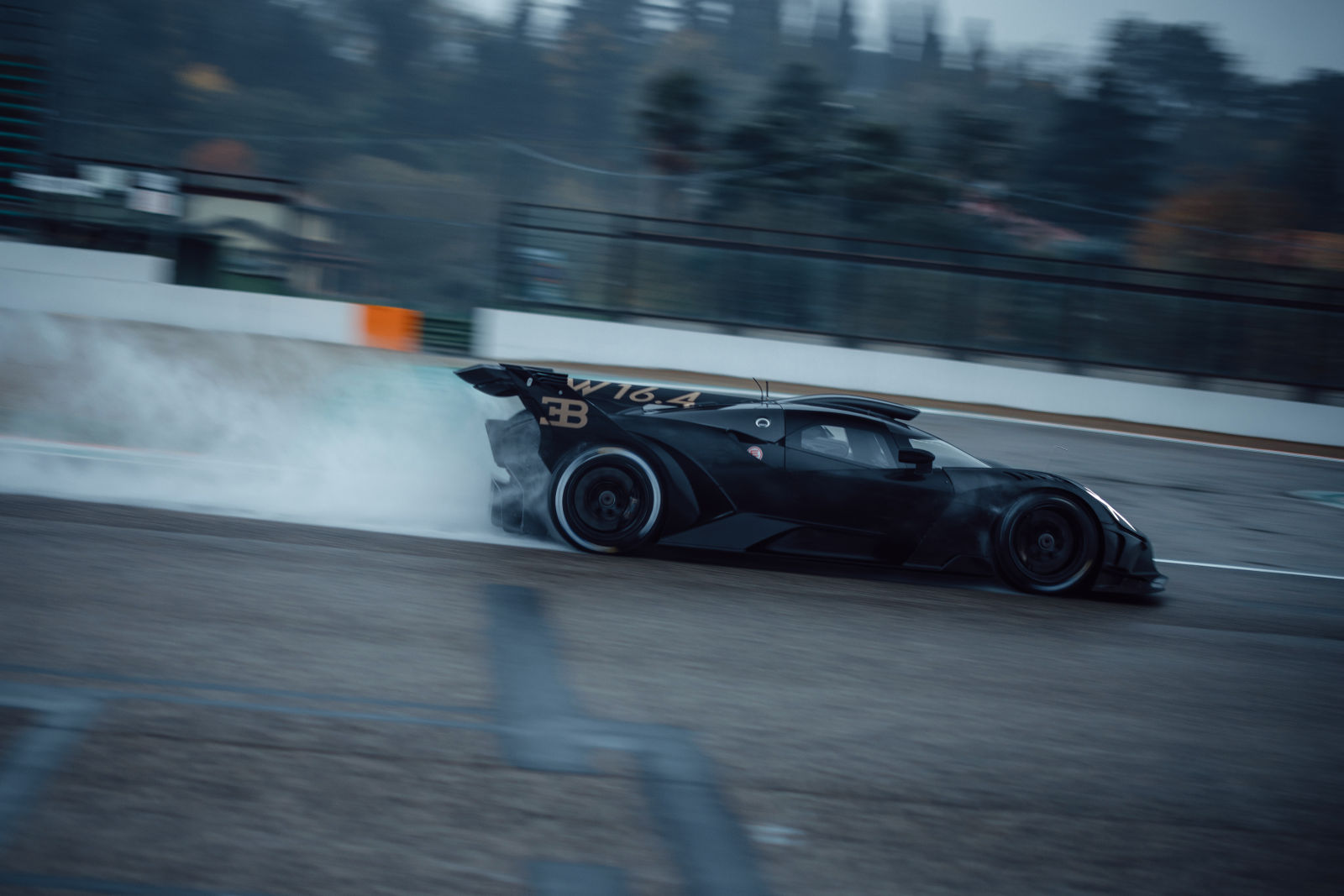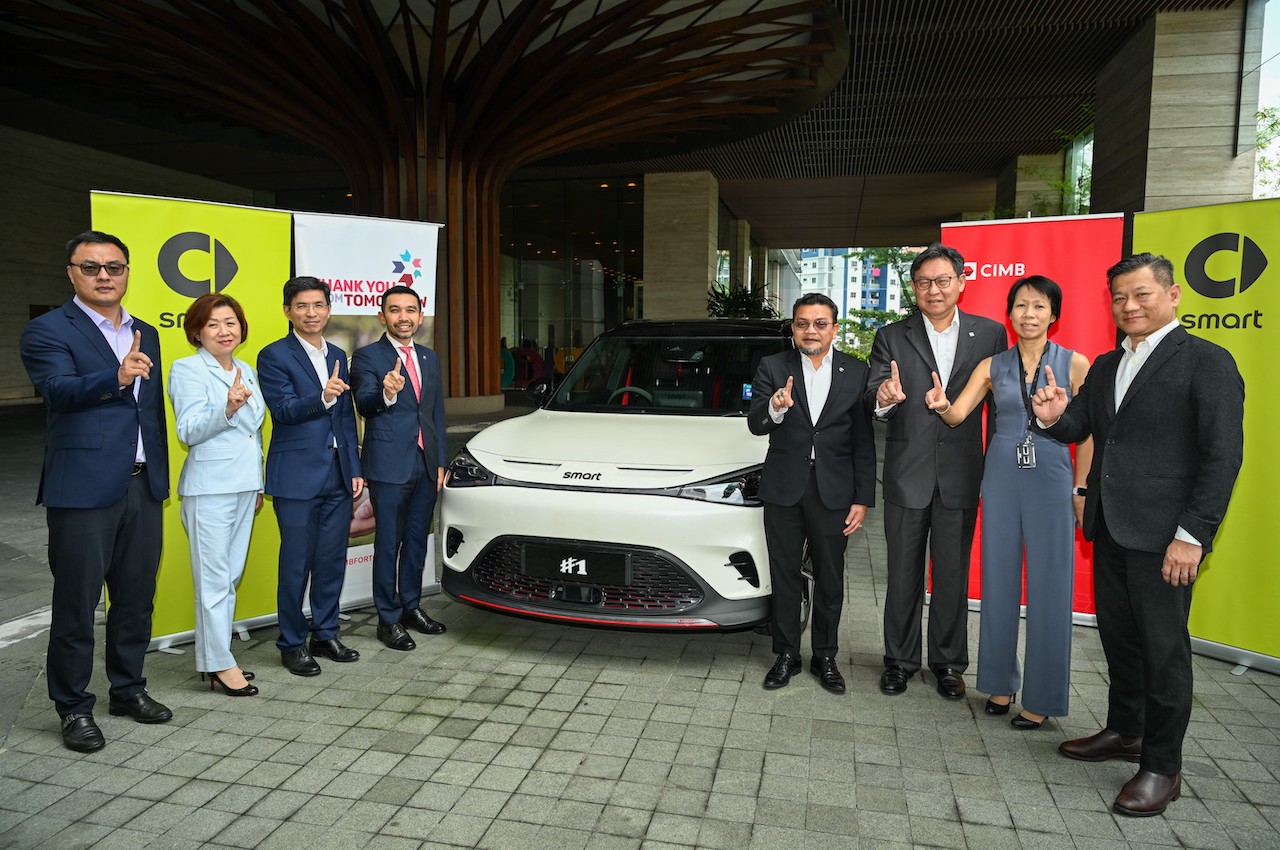Nissan today unveiled to the world its new Navara pick-up, updating the current one which was introduced in 2014. As with its other pick-up models, the Navara benefits from over 80 years of experience making such vehicles which have become popular in many regions of the planet.
Described as the most advanced Navara yet, the new Navara comes with many best-in-class technologies, including an array of Nissan Intelligent Mobility features and safety systems. “We packaged the new model with a full set of advanced technologies to ensure enhanced dynamic performance on and off-road, as well as safety and comfort ushering in a new age of toughness, tech, and peace of mind,” said Ashwani Gupta, Nissan’s Chief Operating Officer.
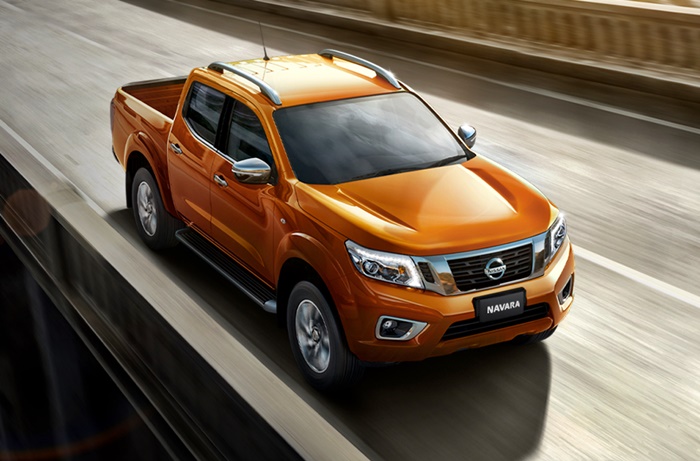
While the familiar tough looks of the Navara continue, it has also been given a bolder appearance. The front end adopts carries the new ‘interlock’ grille – a unique feature found exclusively on the Nissan pickup family and first introduced on the latest Nissan Titan – which gives the impression that it is coming out and ‘grabbing’ the engine.
Distinctive LED headlamps
Besides the model name embossed on top of the grille and across the full width of the rear door panel, the Navara also has a segment-first all-new, high-tech C-shaped quad LED projector headlamps. Each of the four distinctive projector units have their own intricate bezel shape, giving a visual signature to the vehicle
Apart from adding a level of sophistication to the rugged design, they also provide greater illumination, which would definitely be appreciated when driving off-road or in bad weather. At the back, the LED tail lamps with their greater brightness also help improve safety as the vehicle’s presence will be more visible.
Body-on-frame construction
The new Navara continues to use body-on-frame construction, with the cabin and cargo bed being separate units that are bolted onto a strong chassis frame. This has been the traditional construction for pick-up trucks and also SUVs, although the latter have moved towards monocoque construction (like passenger cars) in recent times.
Body-on-frame construction is still regarded as being more suited for the sort of usage that the Navara would typically have. It not only copes better with rough terrain but can also handle heavy loads. It has an increased payload capacity which Nissan says is the best in the 1-ton class.
There’s also a strengthened rear axle and additional truck bed volume (depending on region), as well as retuned suspension settings. An integrated step in the new rear bumper makes bed access easier and reduces fatigue caused by repeated loading and unloading. Additionally, the bed is equipped with a flap-type, tie-down hook to secure both large and small objects, making it easier for loading and unloading without interference.
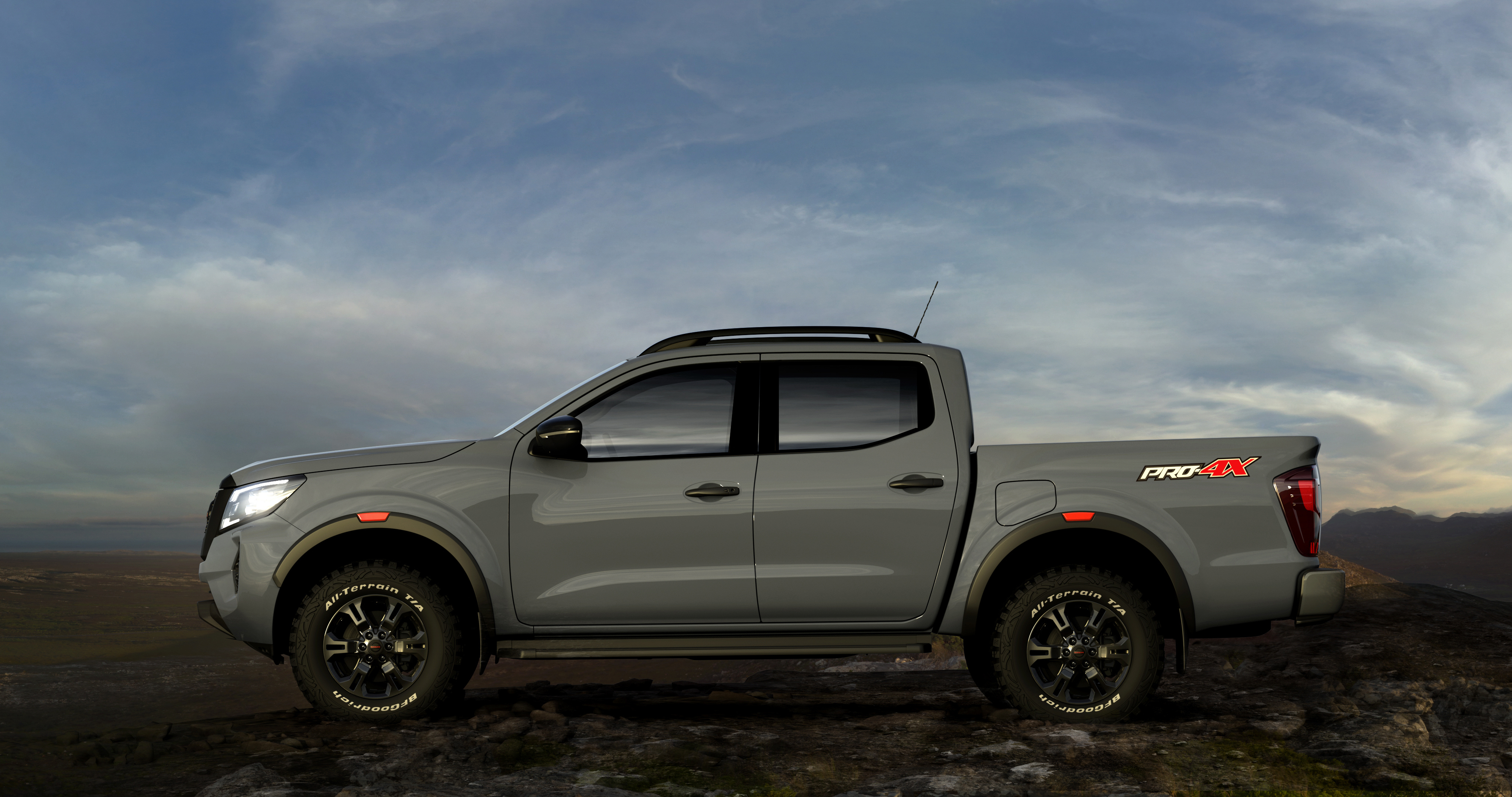
Powertrains to be carried over
Nissan has not mentioned the powertrains that will be available but does say that there will be ‘carried-over powertrain options’. Thus it is likely that the YS engines will continue to be used, these being proven over a 10-year life. They are used by Alliance members in light commercial vehicles and for such vehicles, proven reliability is more important to customers than having new technologies.
The current engine line-up consists of a 2.5-litre petrol engine from the QR family and 2.3-litre turbodiesel engines, with 7-speed automatic and 6-speed manual transmissions. This will probably be the same for the new Navara although one cannot discount the downsizing trend which may see a smaller displacement engine being available for some markets.
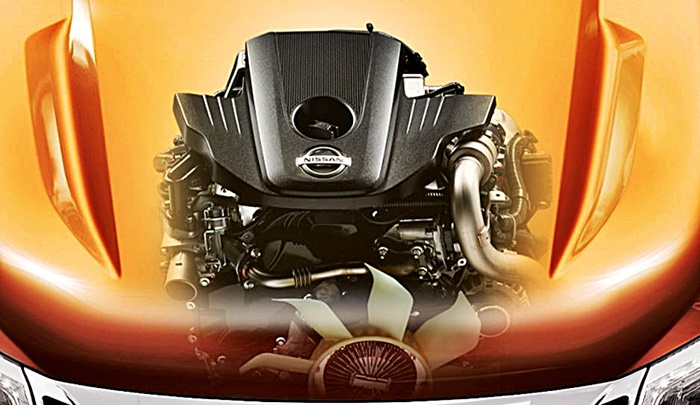
Nissan Intelligent Mobility technologies
As in other new Nissan models, Nissan Intelligent Mobility (NIM) technologies are highlighted as the big thing in the new Navara. These are technologies which create a ‘360-degree safety shield’ for the vehicle, as well as helping the driver to avoid accidents.
NIM technologies include Intelligent Forward Collision Warning, Intelligent Emergency Braking, Lane Departure Warning as well as Intelligent Driver Alertness, which prompts drivers to take breaks through visual and gives audible alerts when changes in driving style or steering behaviour are detected.
Many vehicles now come with a display that shows a simulated overhead view so the driver can see all around when manoeuvring. The new Navara also has this, which is called the Intelligent Around View Monitor. However, NIM technologies add something else that enhances safety – Moving Object Detection. This helps drivers notice people and other vehicles surrounding or approaching the vehicle.
The system also features an off-road monitor, enabling the driver to observe surrounding obstacles at low speeds when in 4×4. This gives the driver more confidence when travelling over rough terrain and can help avoid damage to the bodywork.
Besides the rearview camera, there is also Rear Cross Traffic Alert which uses sensors to detect vehicles coming from either side when reversing out of a parking bay. This will be an especially useful feature for pick-up drivers as the vehicle is long, and will reduce the stress (as well as accidents).
The pickup also comes with new automatic safety and convenience features such as a rain-sensing wiper and a speed-sensing door lock that activates when the vehicle speed exceeds 25 km/h.
While driving, there is an Active Brake Limited Slip Differential system to improve grip and stability. It does this by managing power delivery and wheel braking between the front and rear axles and between the left and right of the vehicle. There’s also a Vehicle Dynamic Control system to help in keeping the car under control on slippery corners, and ABS to prevent wheel lock-up.
Added convenience and comfort
Inside, the new Navara gains added convenience and new features that are driver-oriented to make driving more enjoyable and comfortable. The rear seats are more comfortable, with upgrades to the seat cushions and back shapes. Interior quietness is also claimed to be significantly improved with increased amounts of sound deadening insulation and a laminated windshield and front windows.
The new Nissan Connect infotainment system meets the needs of modern travellers, providing Bluetooth streaming audio, voice recognition, and navigation. Everything is shown on an 8-inch screen, with a 7-inch higher resolution TFT screen complementing it. Besides having multiple USB ports throughout the vehicle for charging devices, there is also a Type-C USB port in the console, allowing more modern devices to be recharged.
Made in Thailand, Mexico and South Africa
For the ASEAN and Australian markets, the new Navara will be produced at Nissan’s plant in Thailand, which is also its strategic manufacturing and R&D hub for ASEAN. The first market to receive the new model will, not surprisingly, be Thailand which is the second largest truck market in the world. Other production hubs for the model will be in Mexico and South Africa, starting later on.
As Edaran Tan Chong Motor stopped assembling the model locally with the current generation, the new one should be available in Malaysia more quickly, probably in the first half of 2021. With local assembly, there’s a delay as local parts suppliers start up and the plant has to be prepared for the new model, not to mention the fact that the CKD kits from the overseas factory may also be available only at a later time.
If you prefer the current Navara, Edaran Tan Chong Motor should still be selling it for some time more. Viewing and test-drives are available at authorised Nissan showrooms and their locations can be found at www.nissan.com.my.


